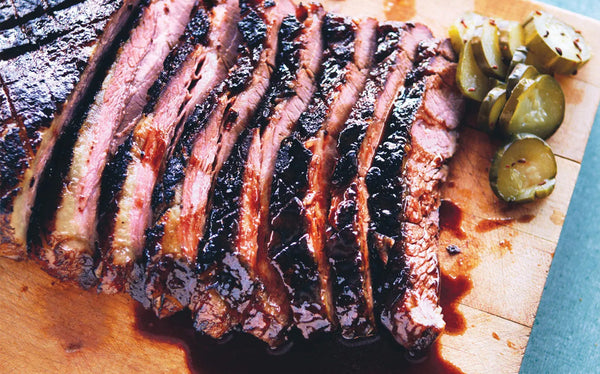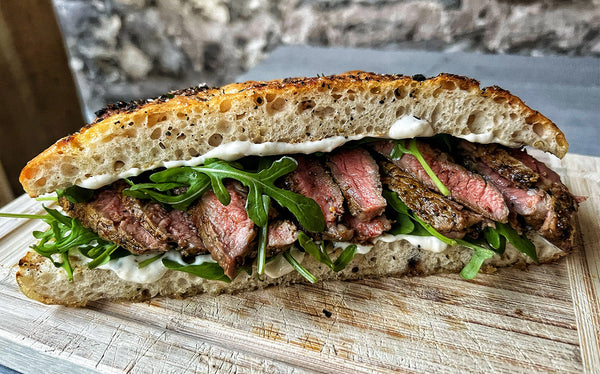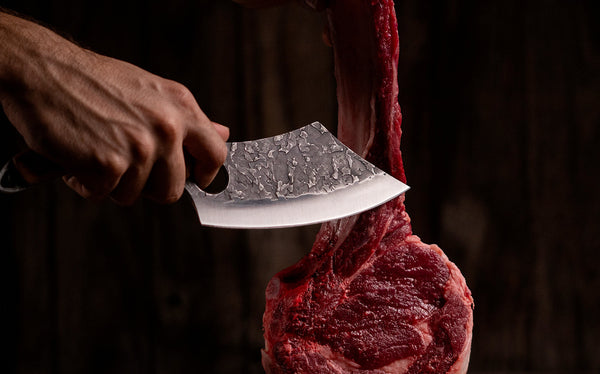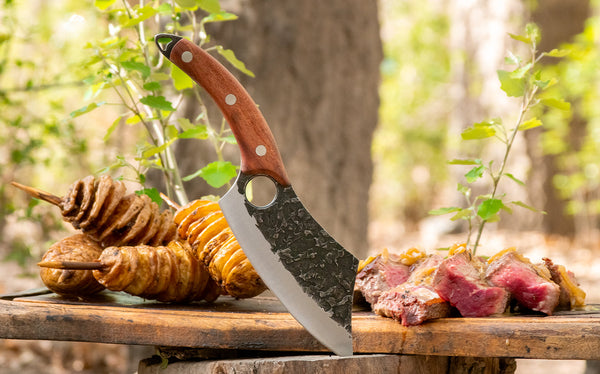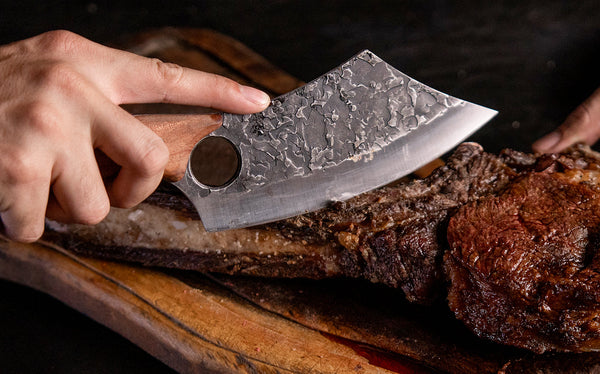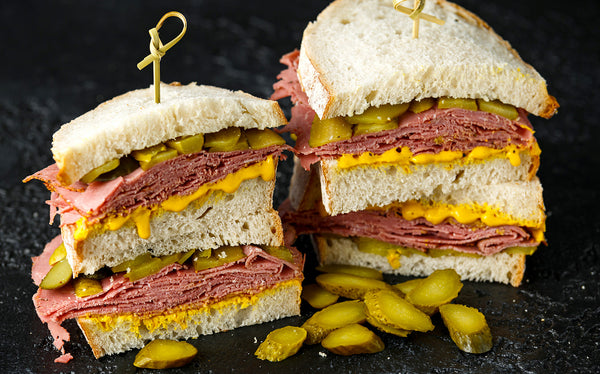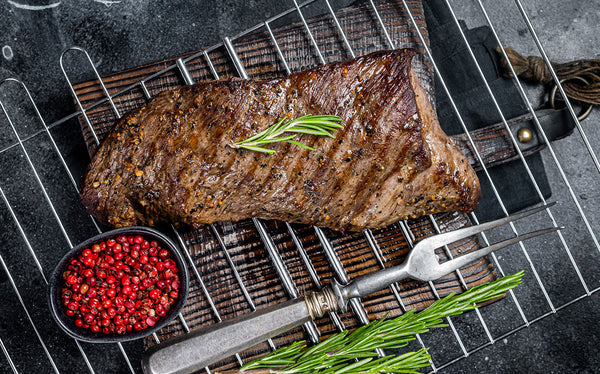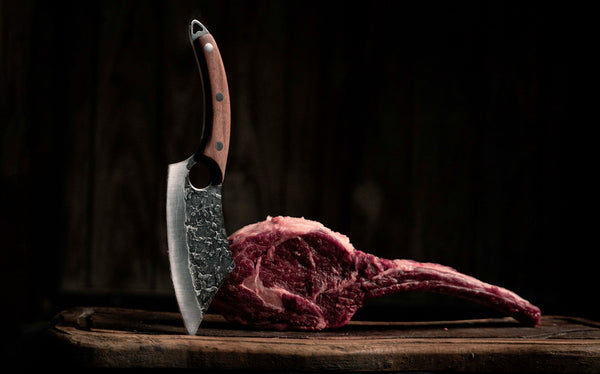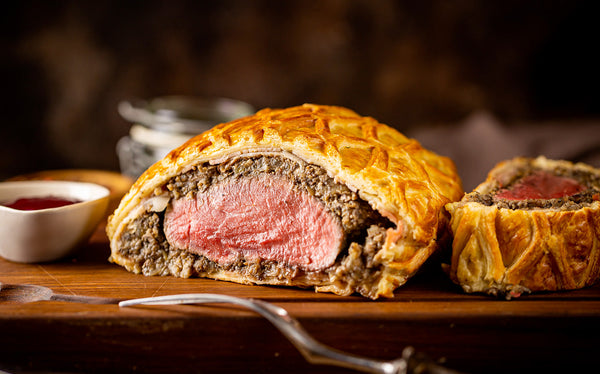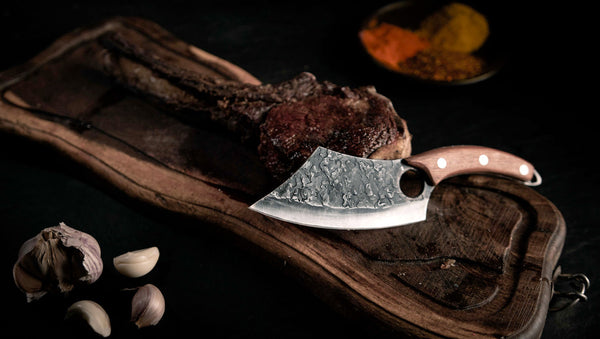The Anatomy of a Knife: Understanding Blade Shape and Purpose

Knives are essential tools that have been used for centuries for various purposes. One of the most important aspects of a knife is its blade shape, which determines its purpose and functionality. In this article, we will discuss the anatomy of a knife and the various blade shapes and their uses.
Blade Anatomy
Before we delve into the blade shapes, it is important to understand the basic anatomy of a knife blade. A typical knife blade consists of three parts: the point, the edge, and the spine. The point is the tip of the blade, which is used for piercing or delicate cutting tasks. The edge is the sharp cutting surface of the blade, and the spine is the thickest and strongest part of the blade that runs from the handle to the tip.
Blade Shapes and Their Uses
Straight Blade
A straight blade is the most common blade shape and is used for a variety of tasks, including chopping, slicing, and dicing. The straight edge makes it easy to make precise cuts, while the tip is pointed enough for piercing.
Serrated Blade
A serrated blade has teeth along the cutting edge that are designed to grip and cut through tough materials, such as bread or meat. This type of blade is less precise than a straight blade but excels at cutting through hard materials.
Clip Point Blade
A clip point blade has a concave curve on the back of the blade that leads to a sharp, pointed tip. This blade shape is ideal for precision cutting and piercing, making it a popular choice for hunting and survival knives.
Drop Point Blade
A drop point blade has a curved edge that drops down towards the tip, which is thicker and more durable than other blade shapes. This blade is versatile and can be used for a variety of tasks, including hunting, camping, and general-purpose cutting.
Tanto Blade
A tanto blade has a straight edge that meets a sharply angled point, making it an excellent choice for piercing and stabbing tasks. This type of blade is often found on tactical knives and other self-defense tools.
Bowie Blade
A bowie blade is similar to a clip point blade, but it has a wider tip and a concave edge that curves upwards towards the tip. This blade shape is popular for hunting and outdoor activities, as it is well-suited for skinning and other precision cutting tasks.
While there are many blade shapes available, we have chosen to use a clip point blade for our knife for several reasons.
Firstly, the clip point blade is a versatile blade shape that can handle a variety of tasks, from piercing to slicing. The concave curve on the back of the blade leads to a sharp, pointed tip, making it excellent for precision cutting and piercing. The straight edge of the blade also allows for easy slicing and chopping.
Secondly, the clip point blade is a popular choice among hunters and outdoor enthusiasts due to its versatility. It is ideal for skinning game and performing other delicate cutting tasks. The sharp point of the blade can also be used for piercing tasks, such as opening packages or cutting through tough materials.
Another advantage of the clip point blade is that it is relatively easy to sharpen. The straight edge of the blade makes it easy to maintain a consistent angle while sharpening, ensuring that the blade remains sharp over time.
As aiming for the best quality possible, we chose the clip point blade for our knife because we believe it offers the perfect balance of versatility, precision, and durability. Whether you're using our knife for hunting, camping, or everyday tasks, the clip point blade is designed to handle it all.
In conclusion, while there are many blade shapes to choose from, the clip point blade is an excellent choice for those looking for a versatile and reliable blade that can handle a variety of tasks. We believe that our knife with a clip point blade is a top-notch tool that will serve you well in any situation.





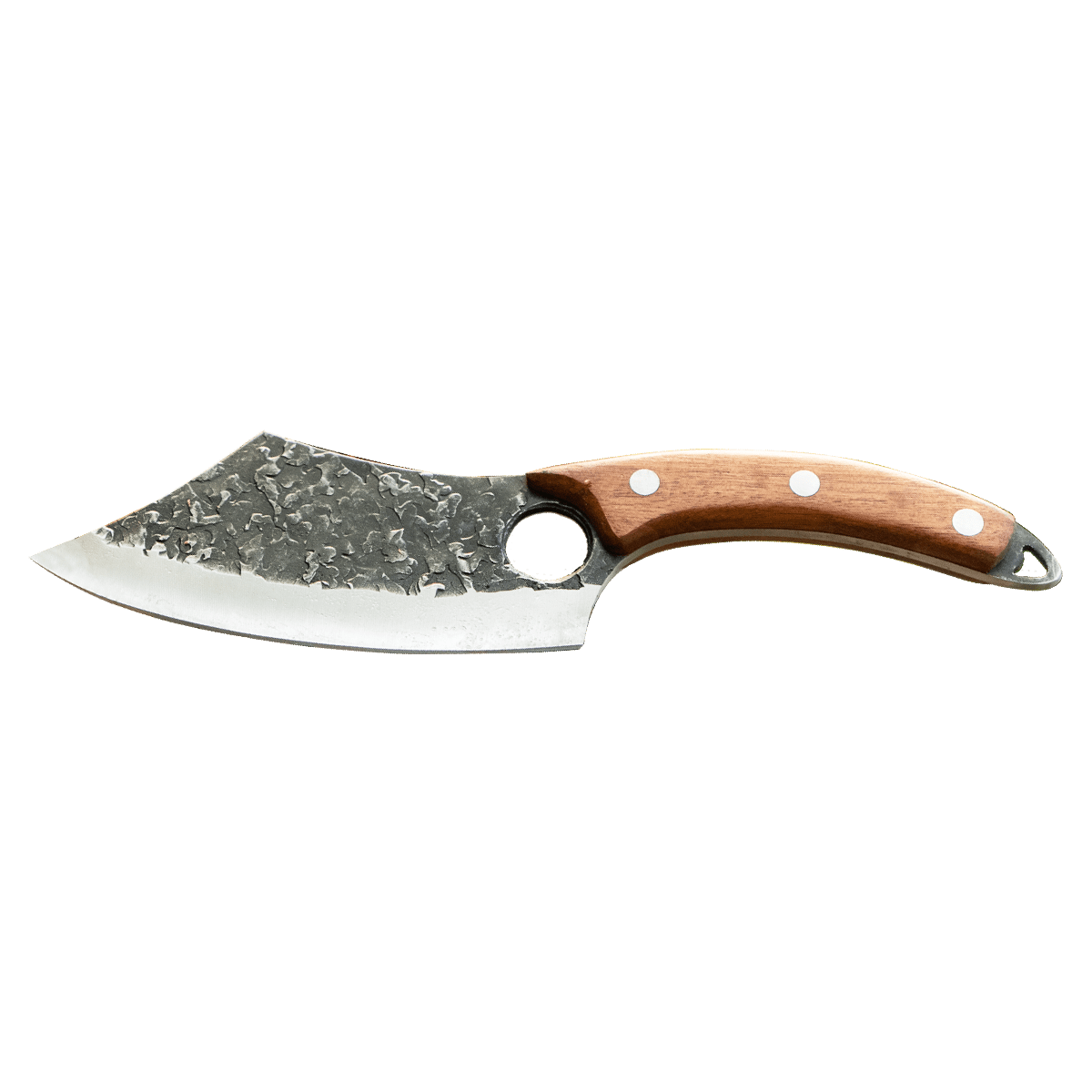
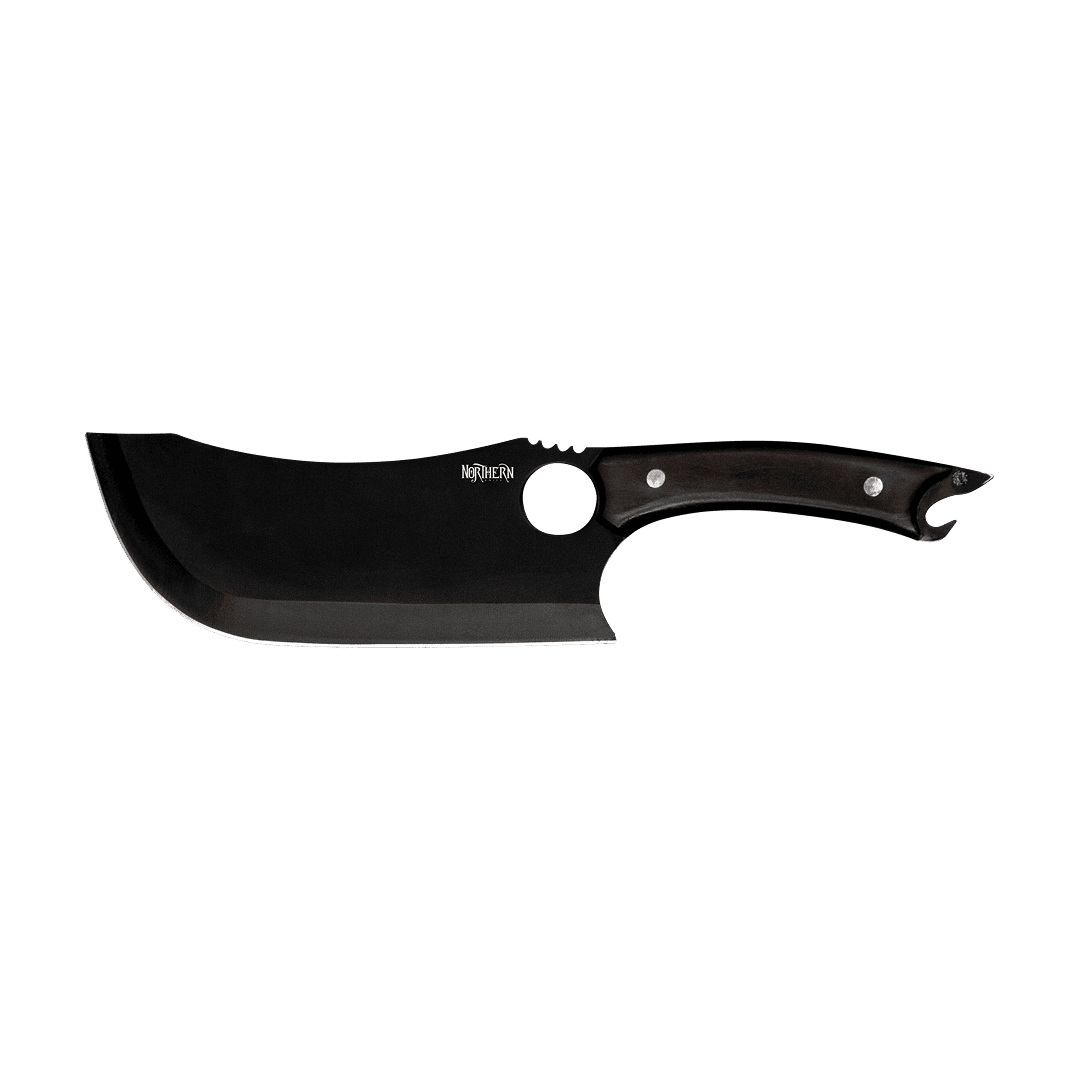
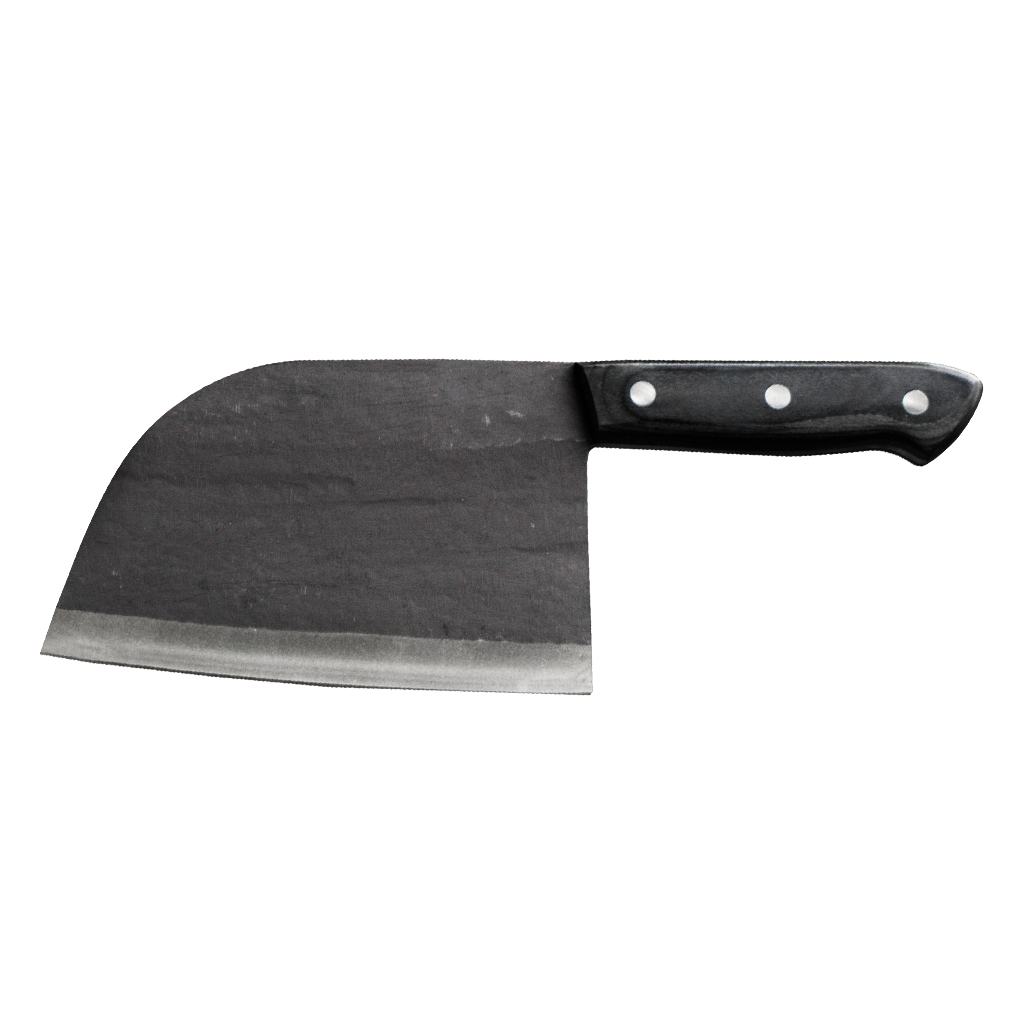
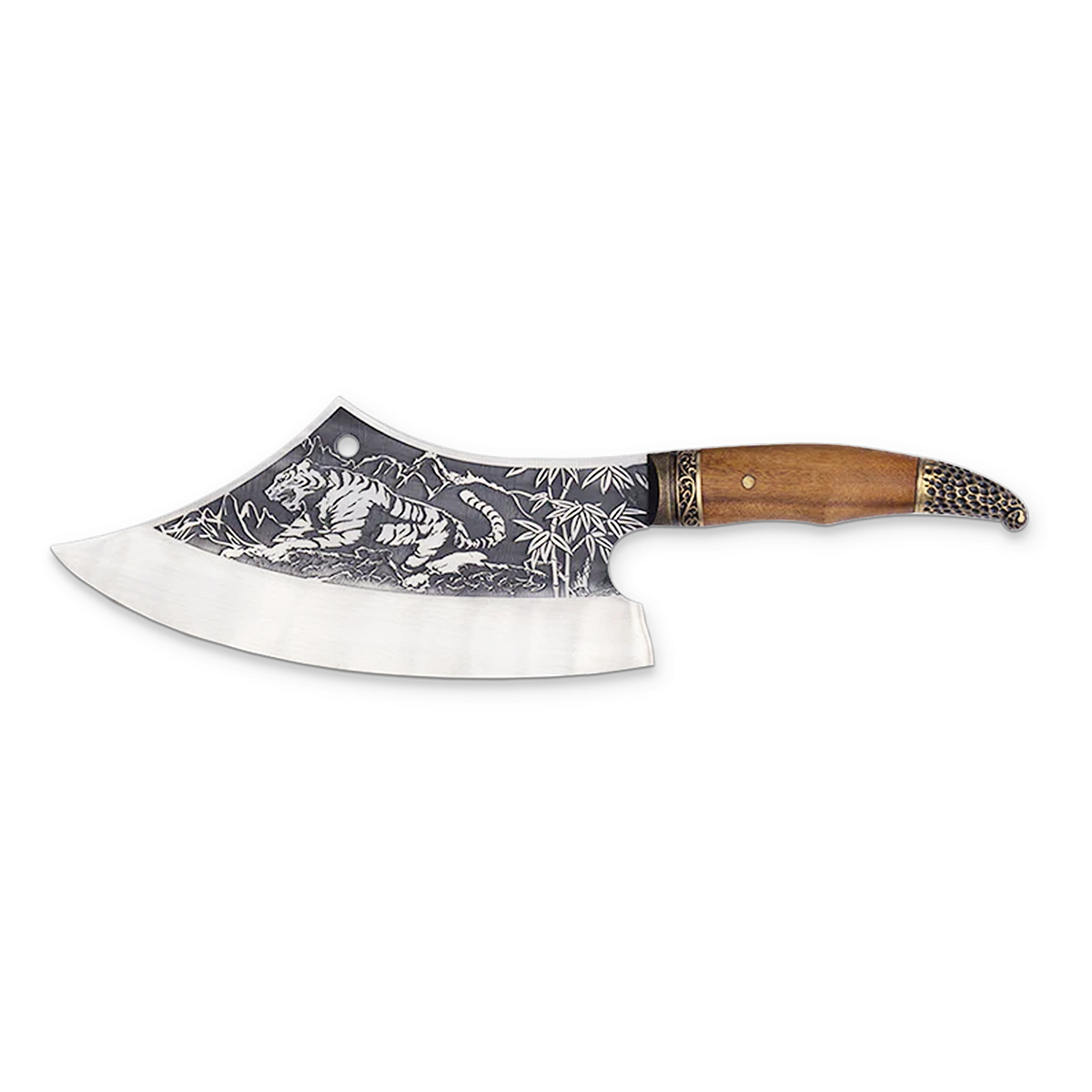
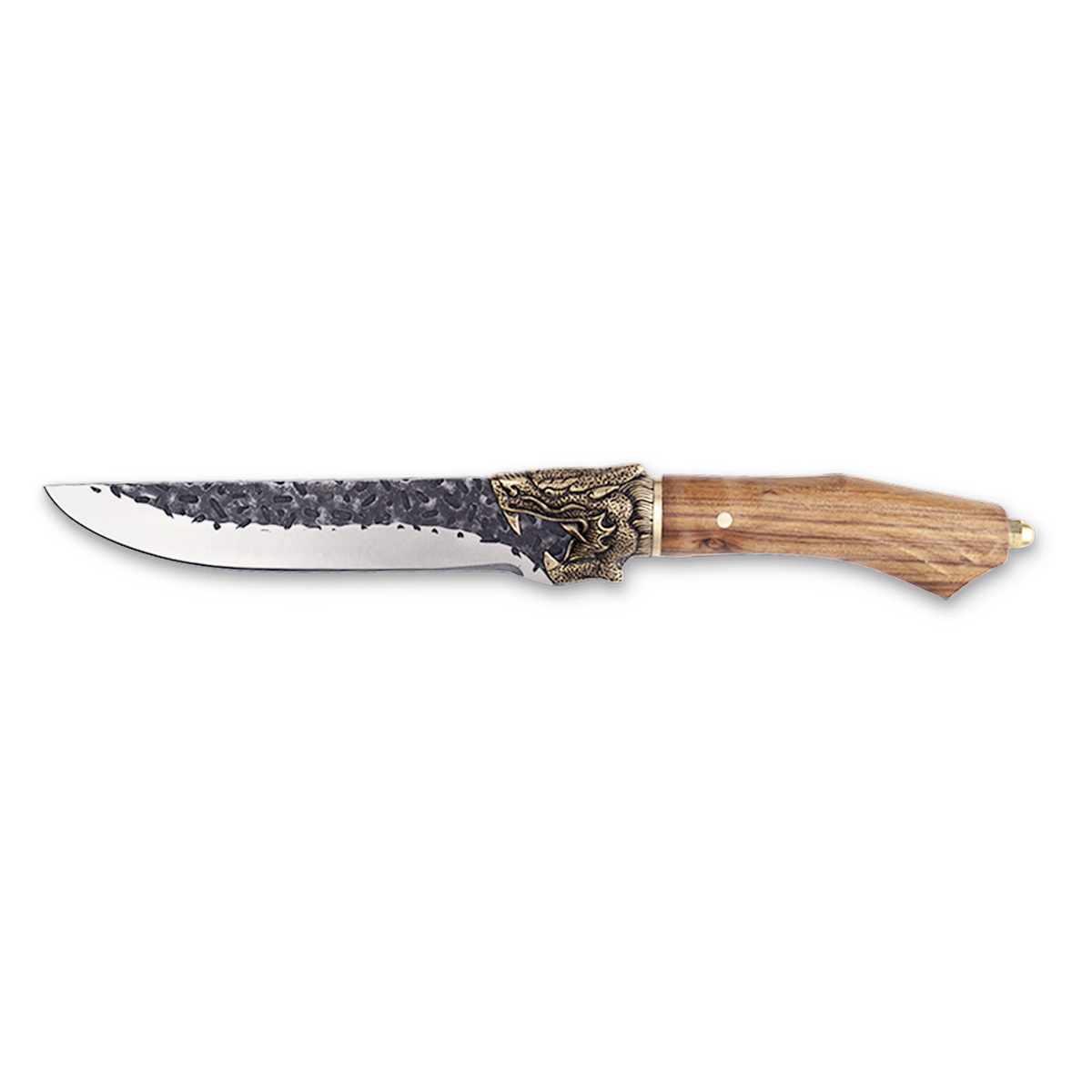
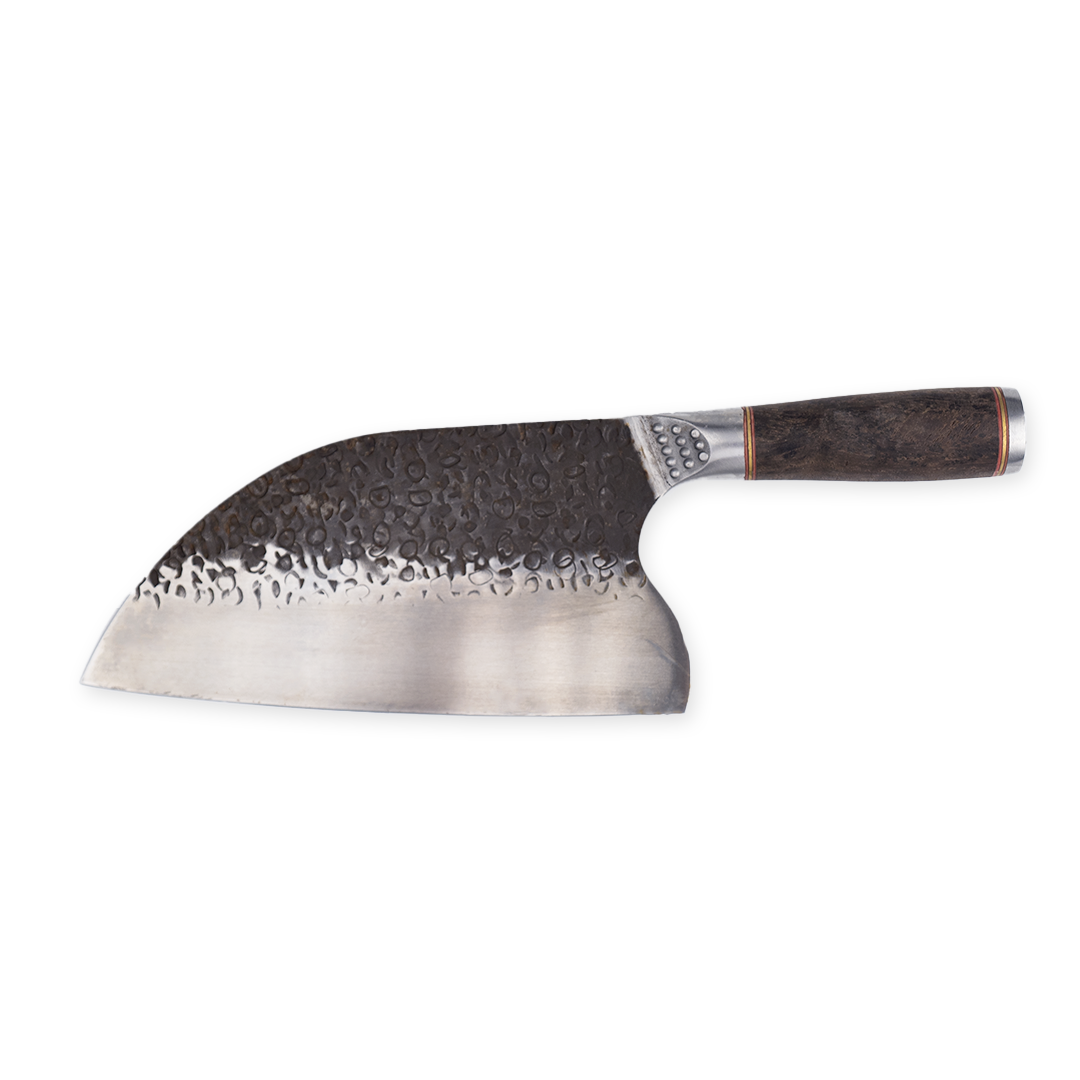
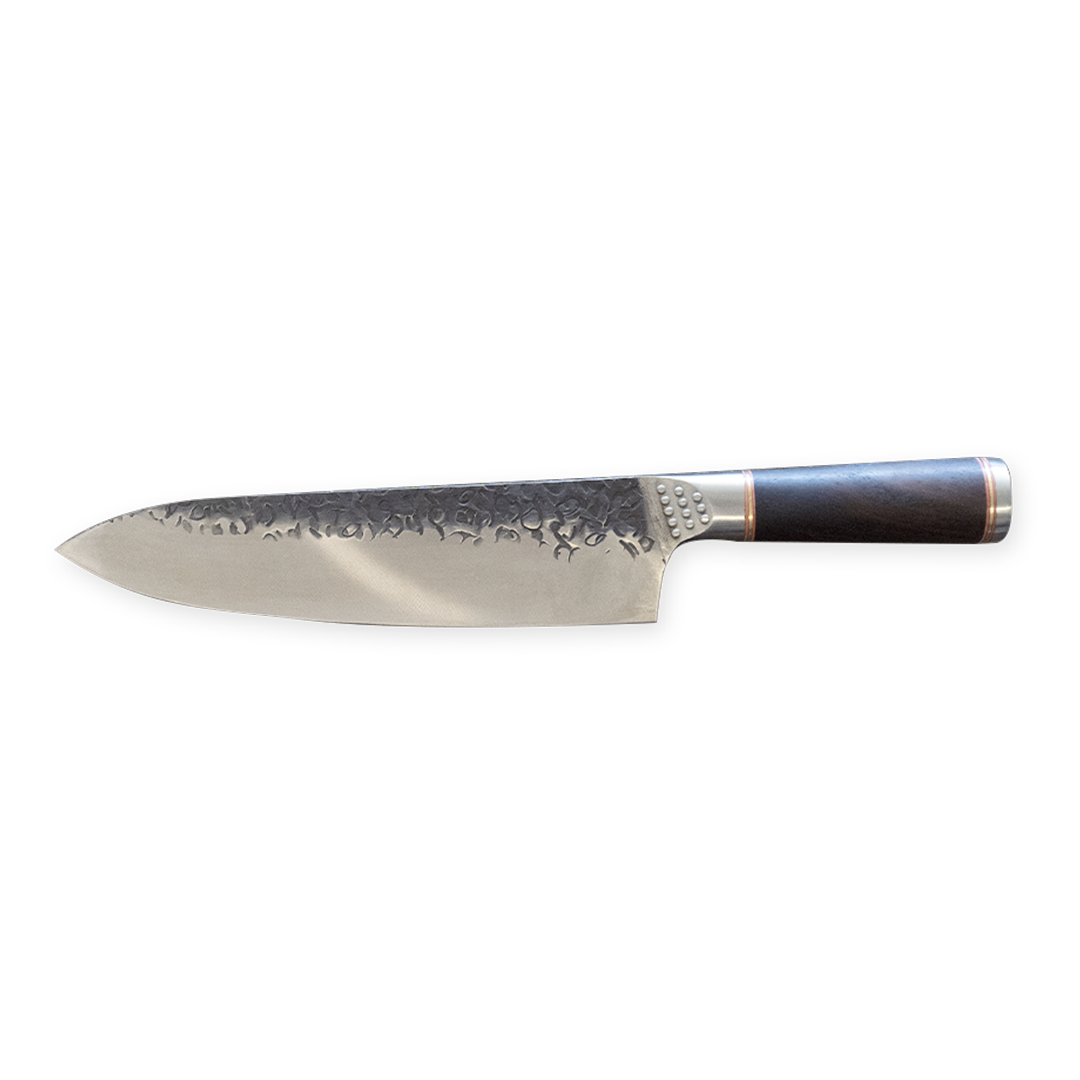
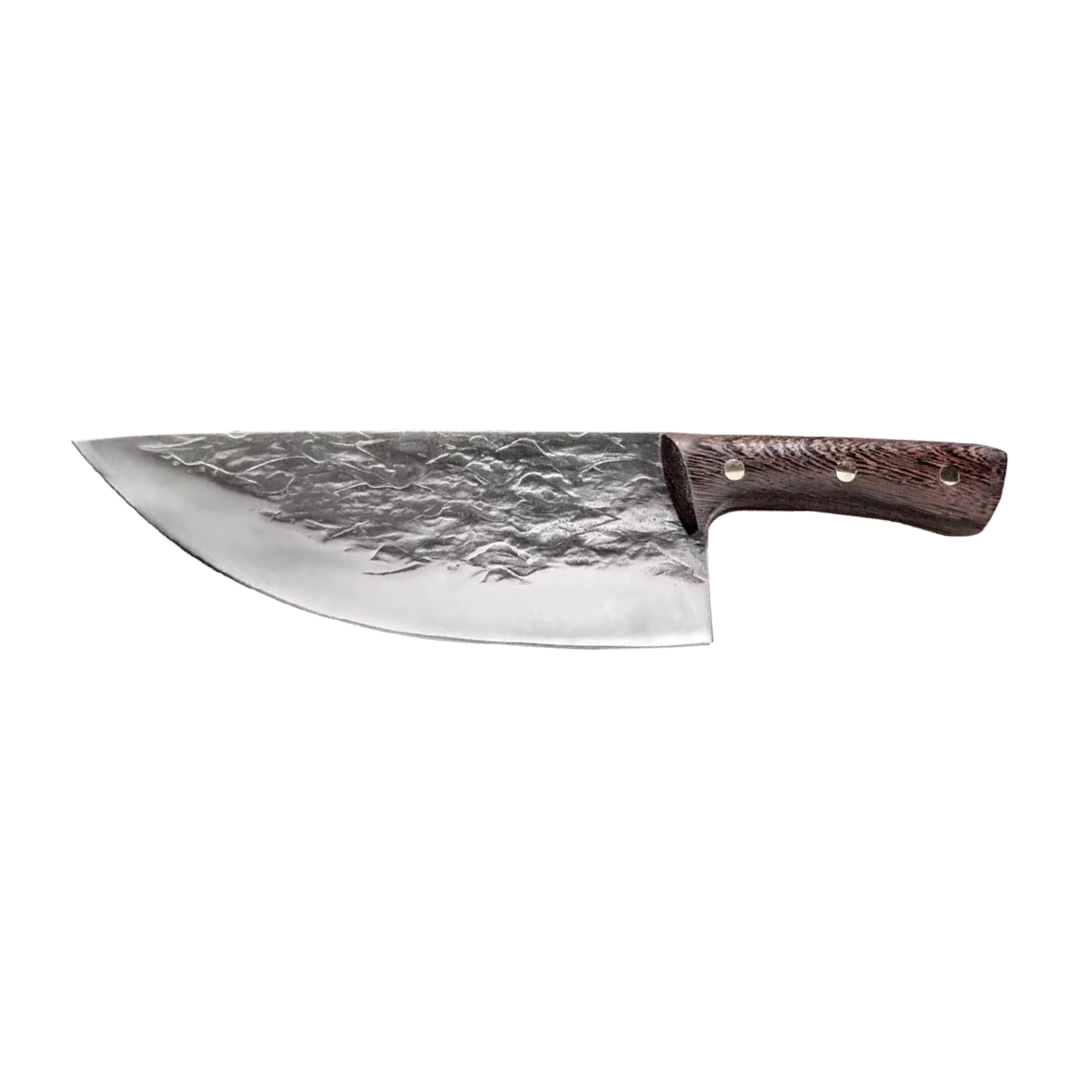
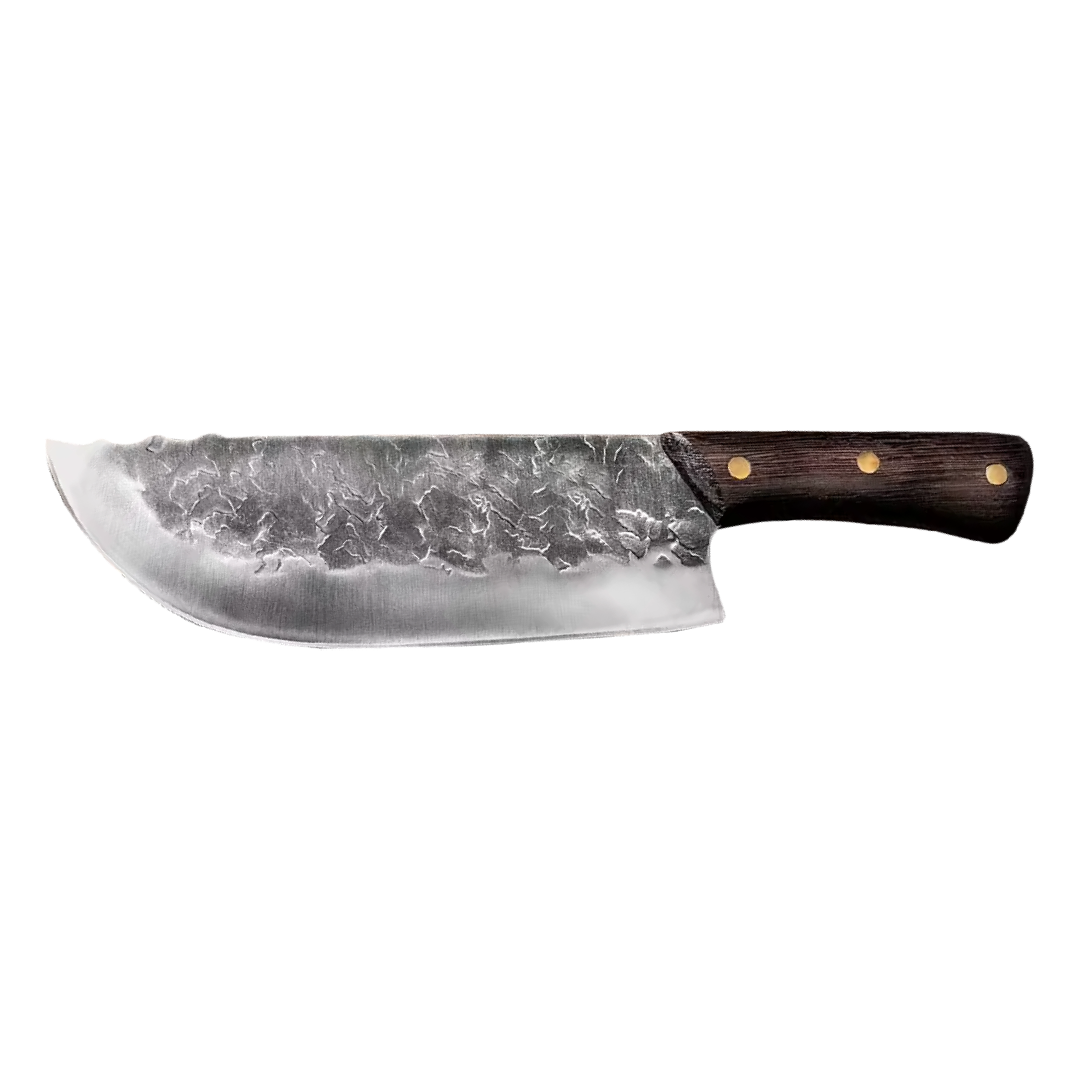
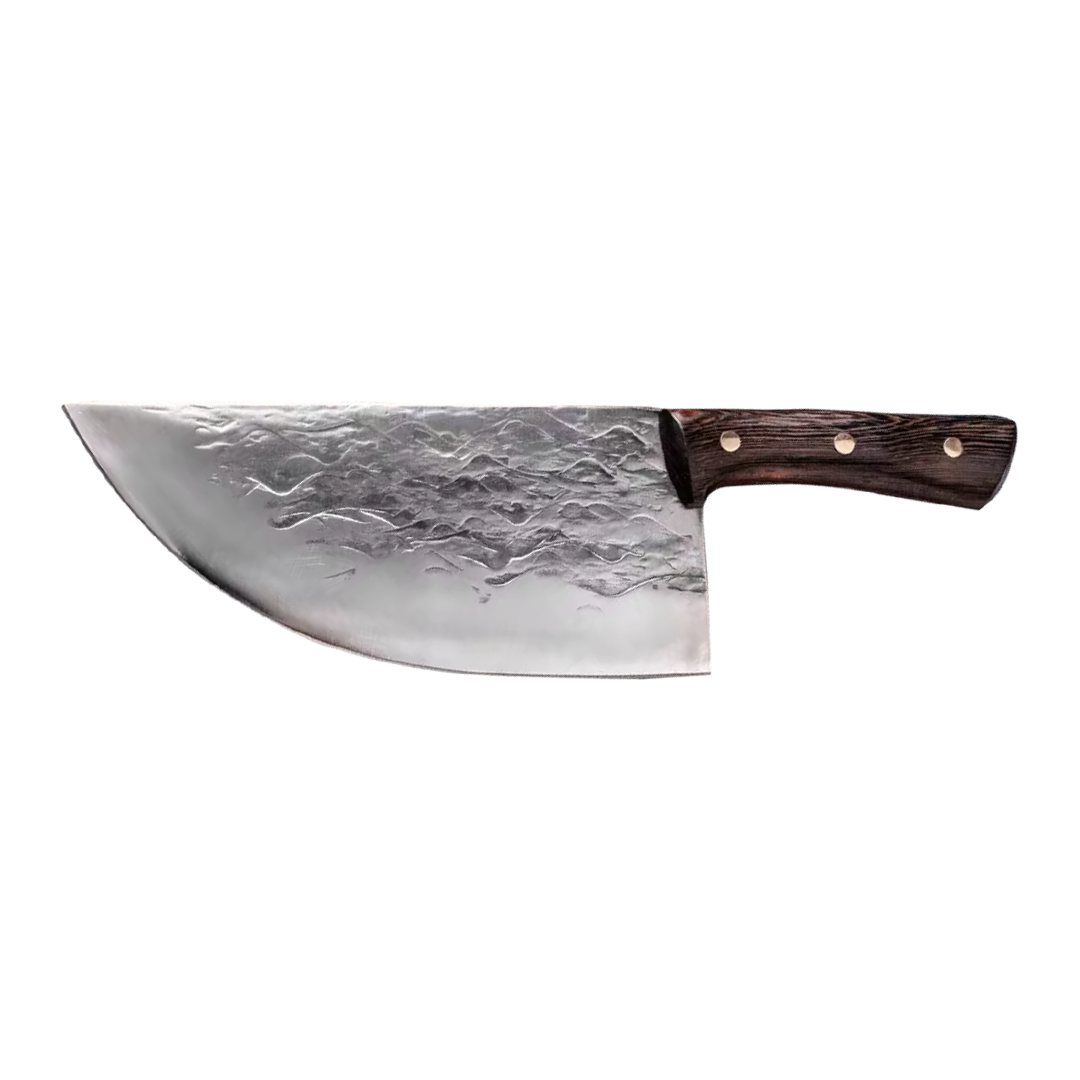





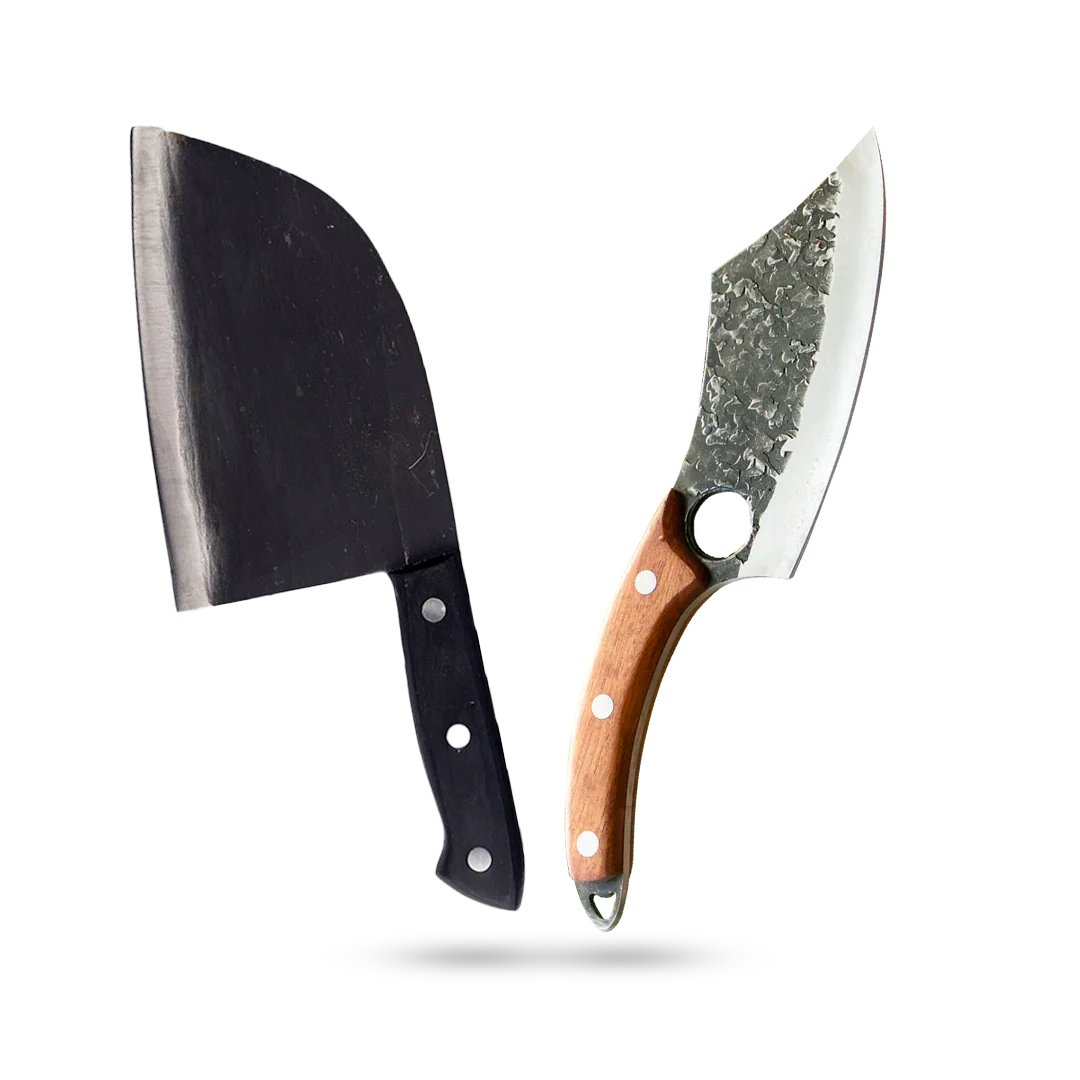
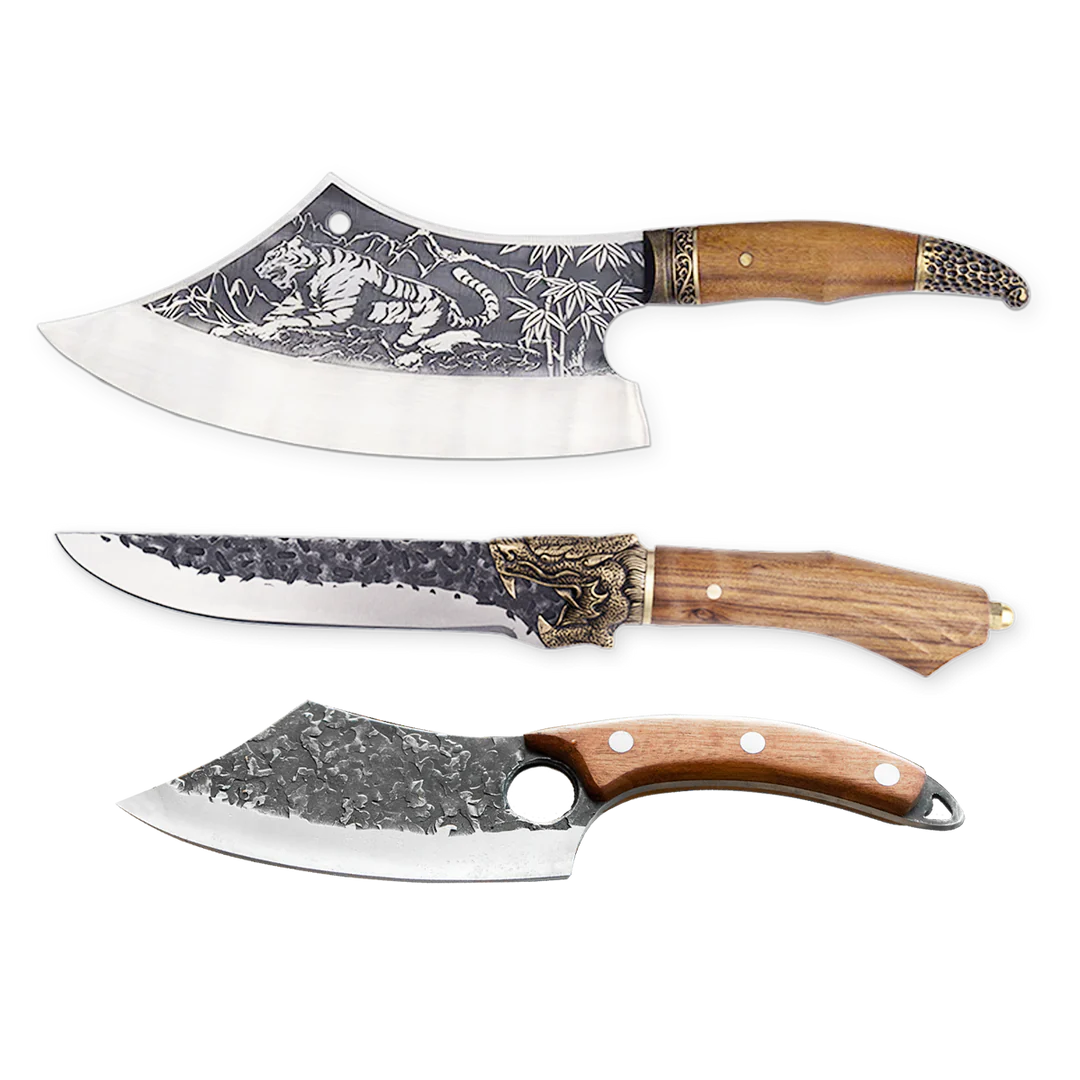
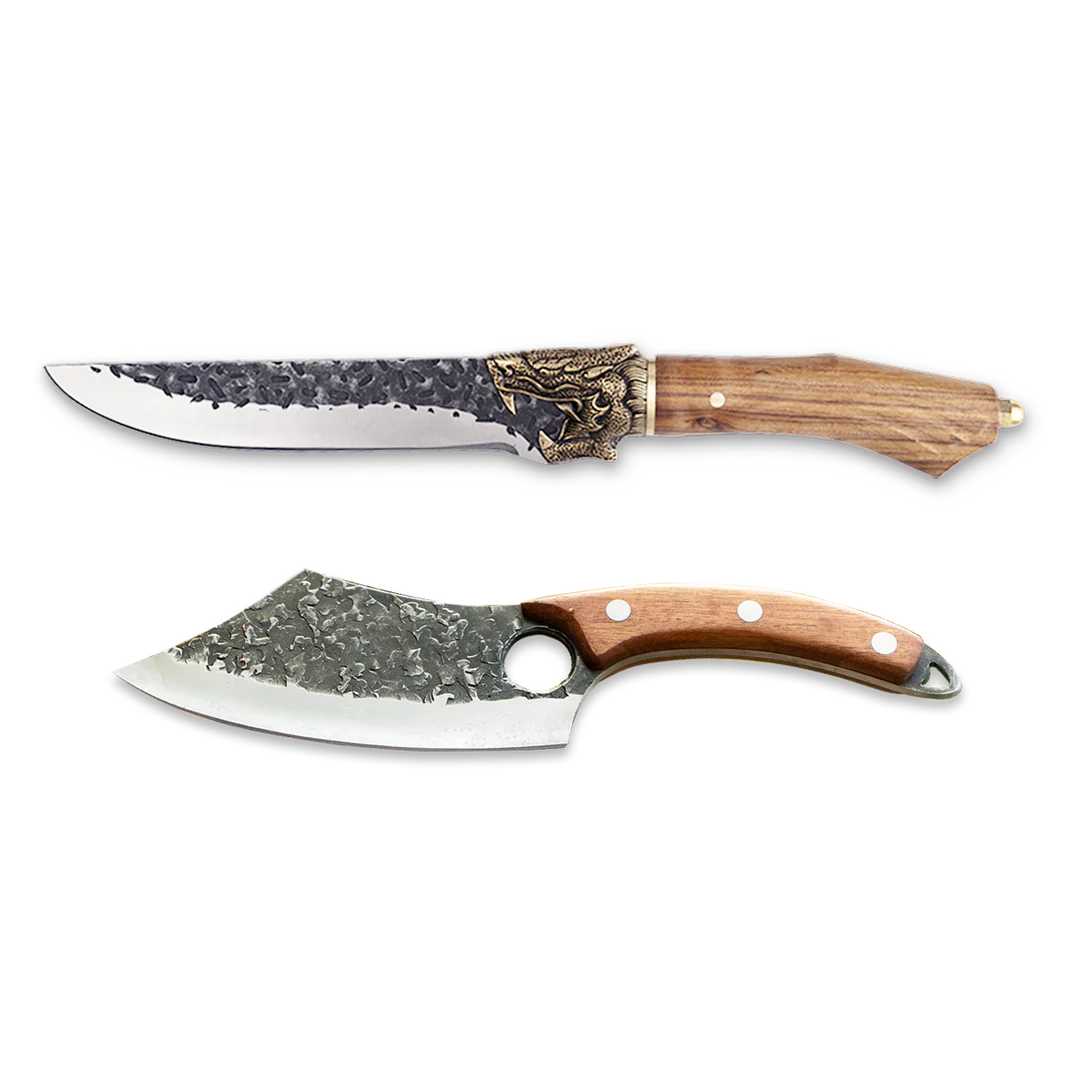
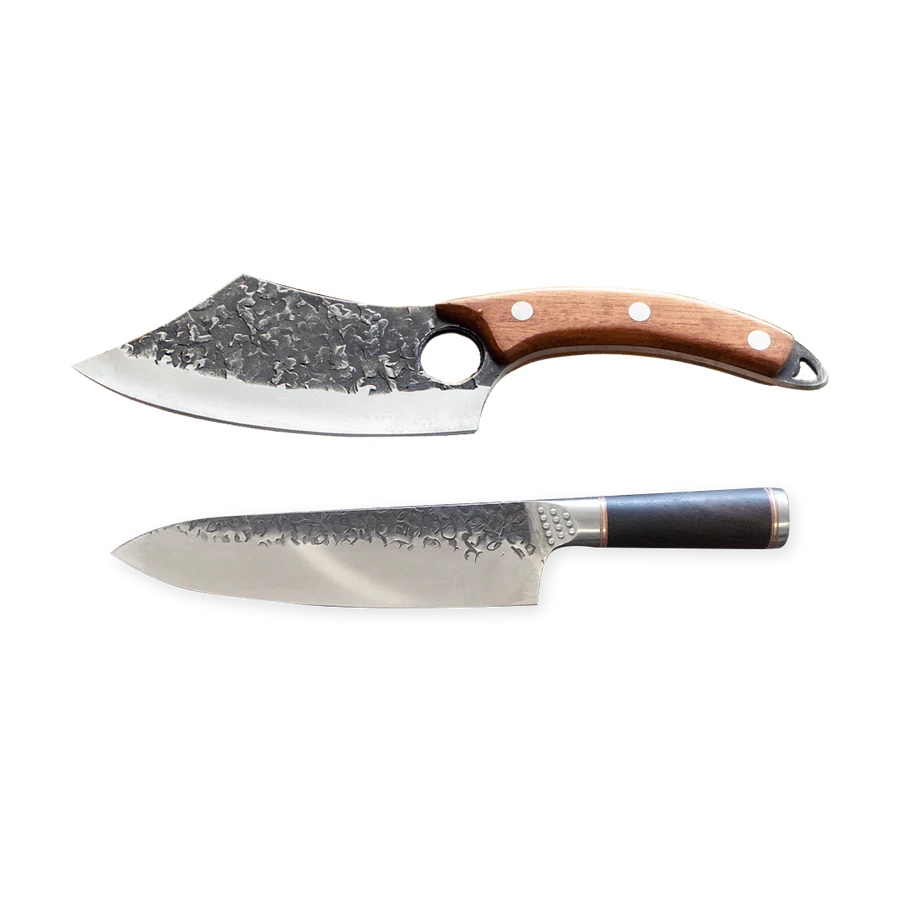
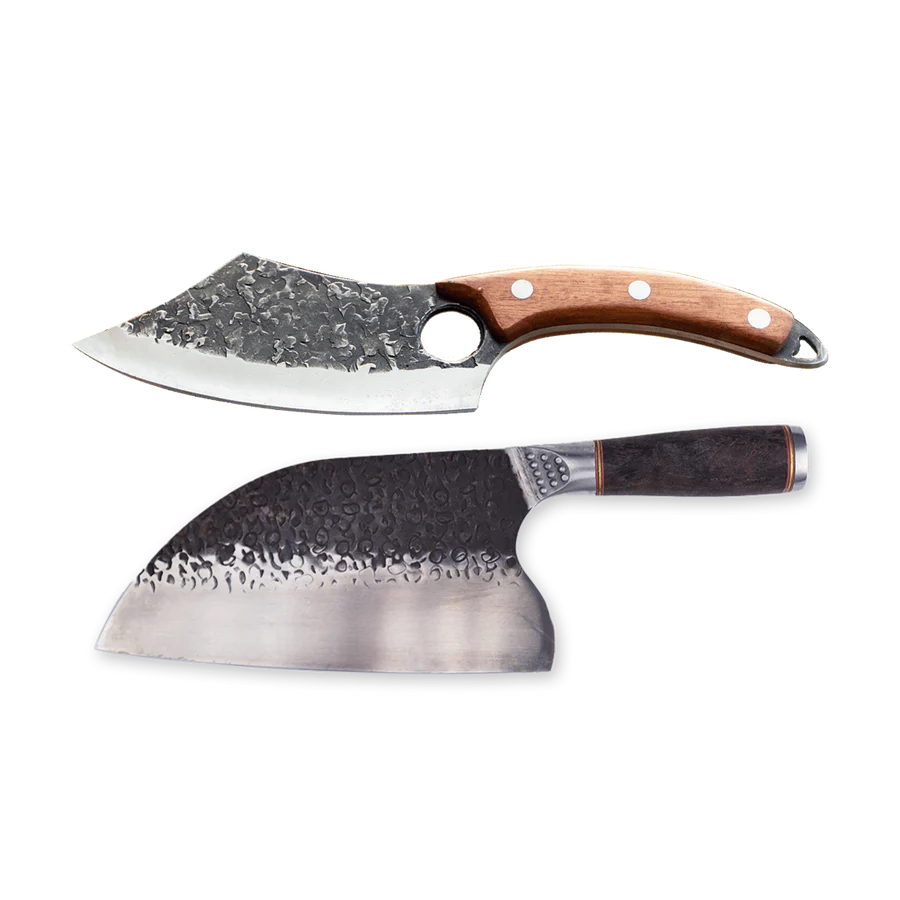
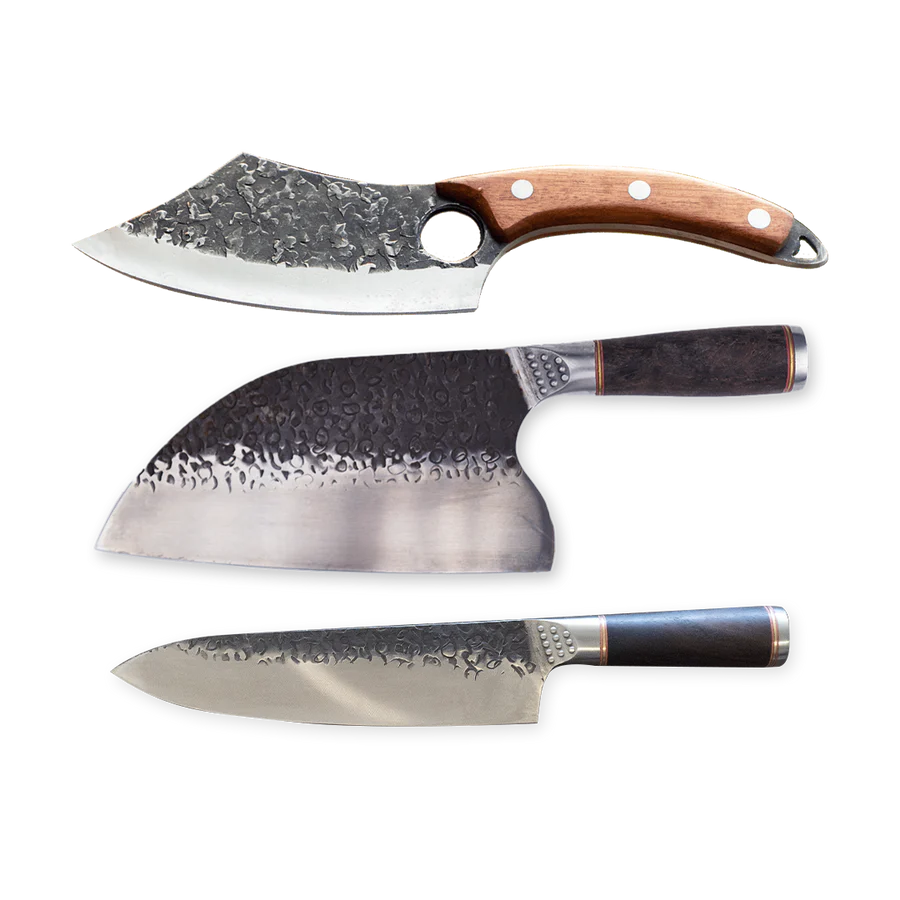
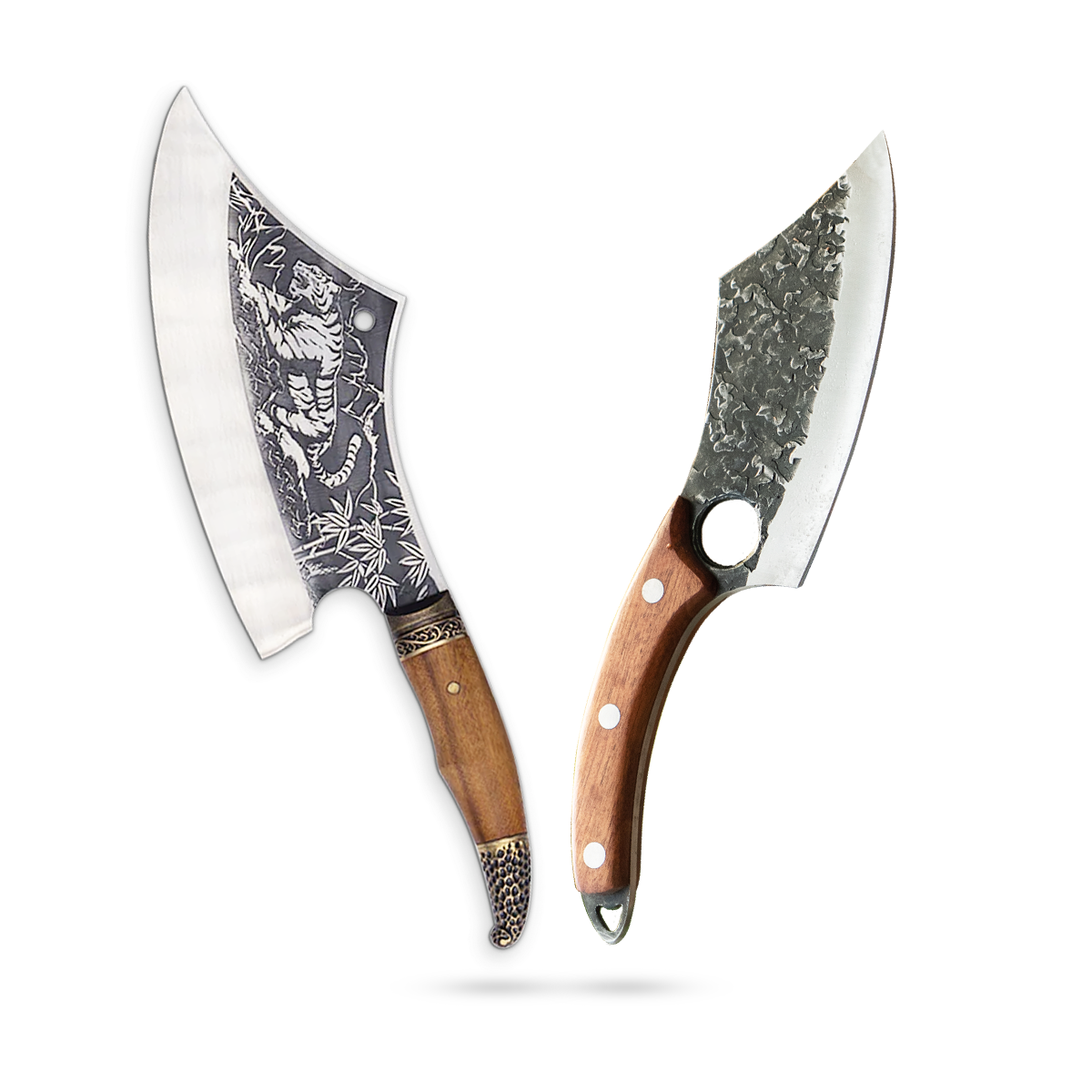
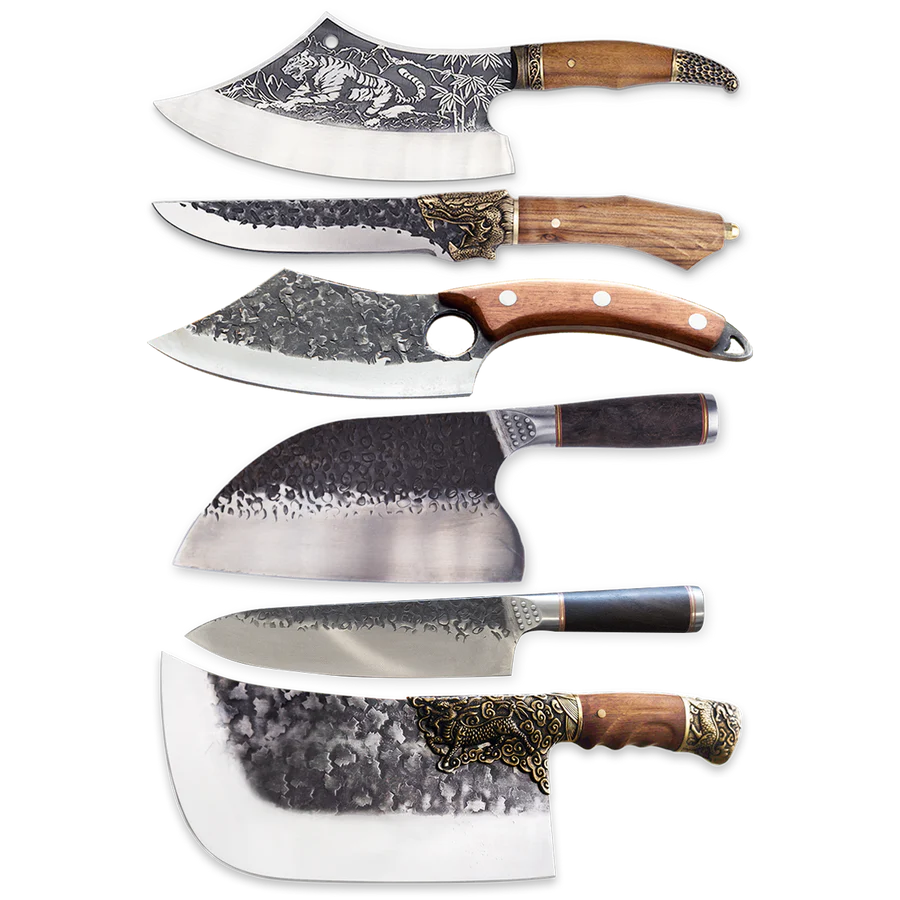
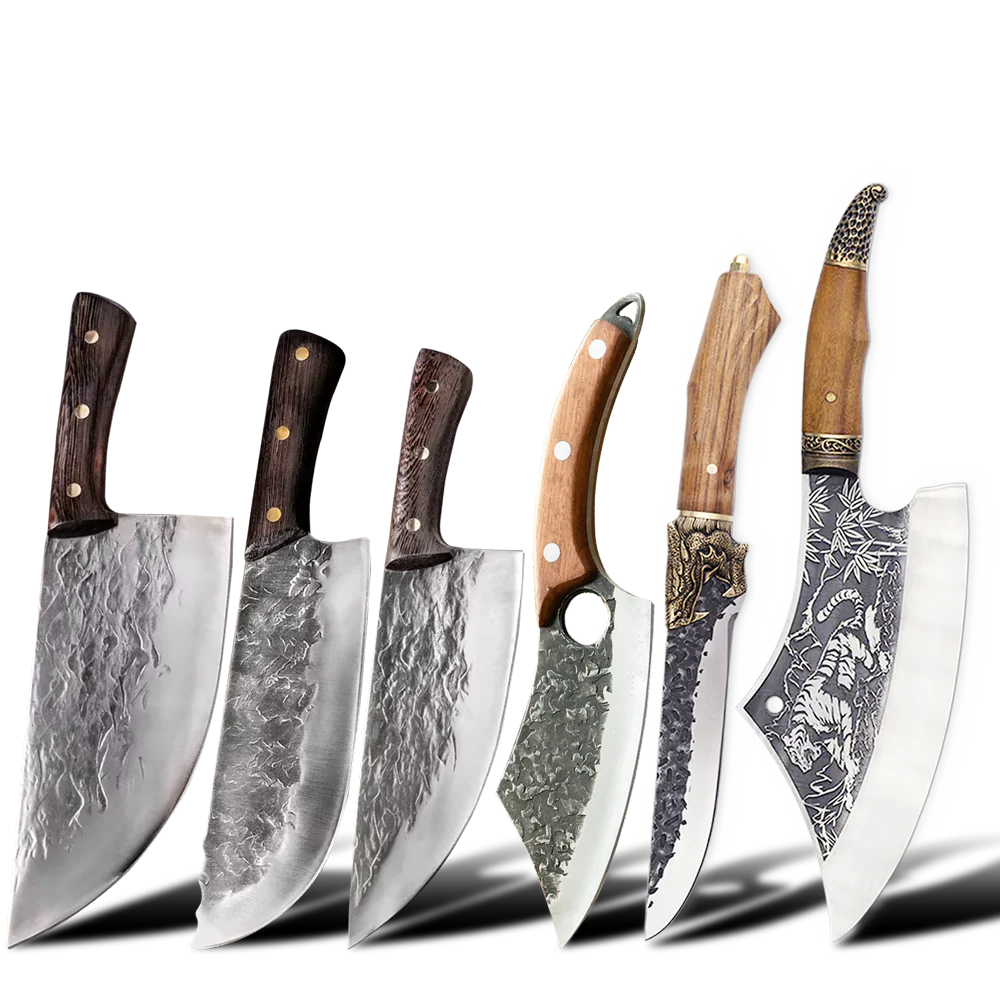

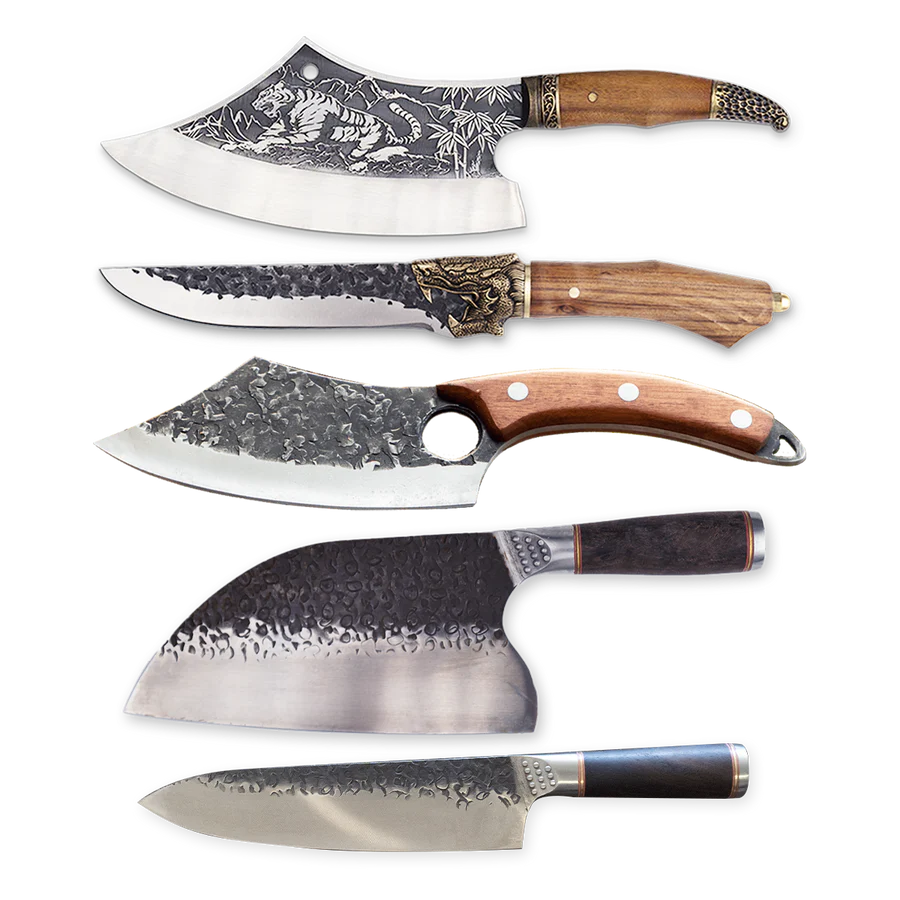
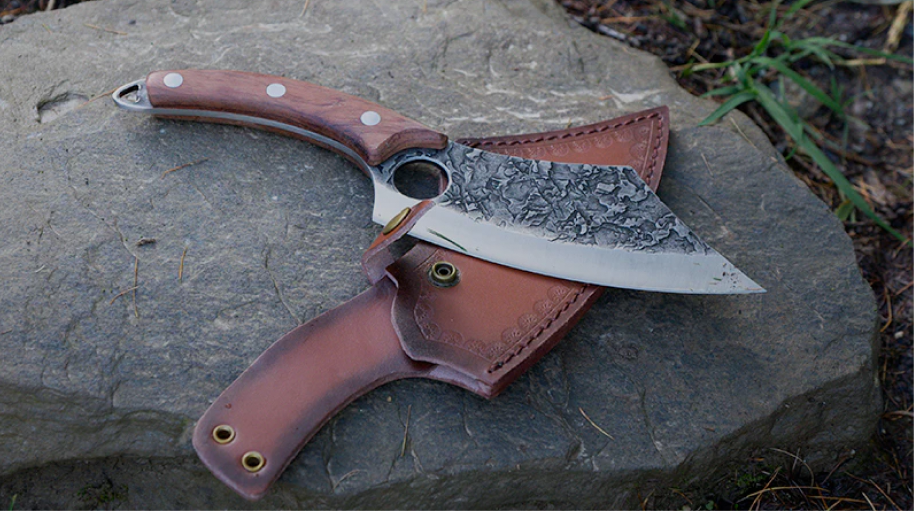
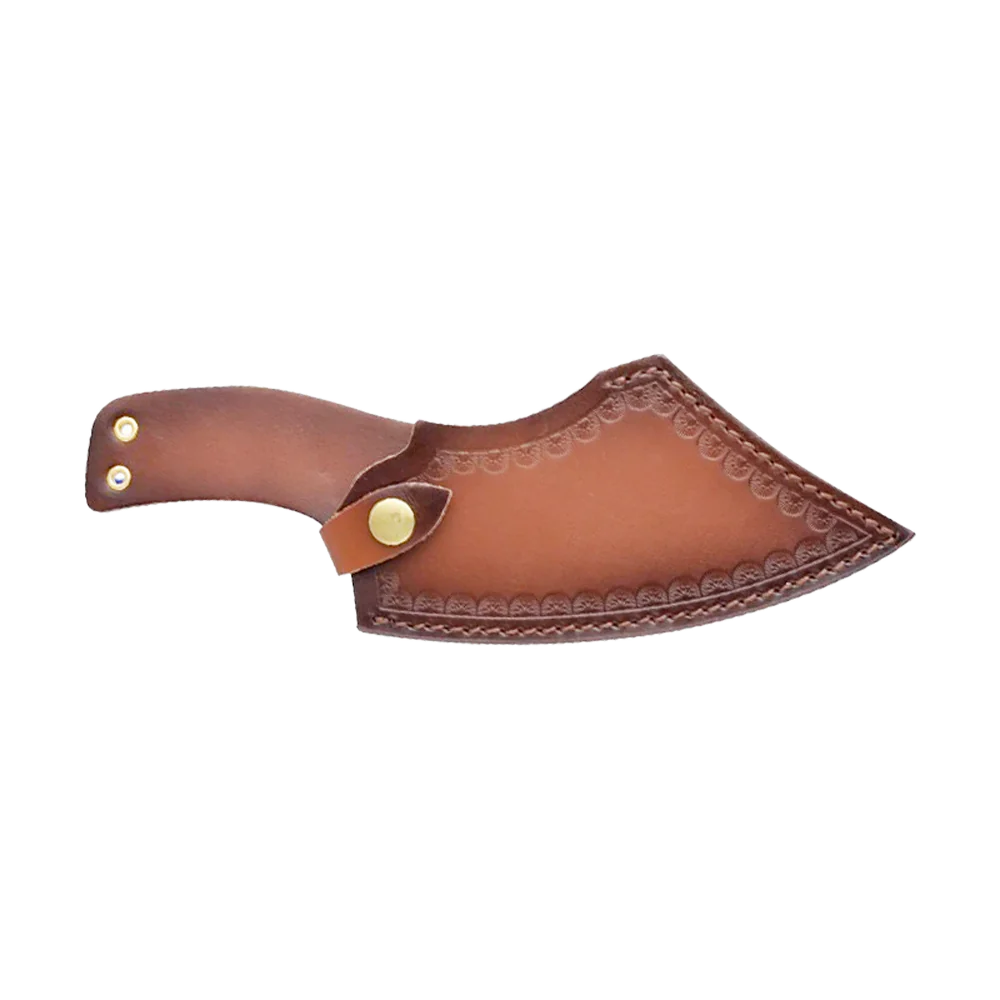
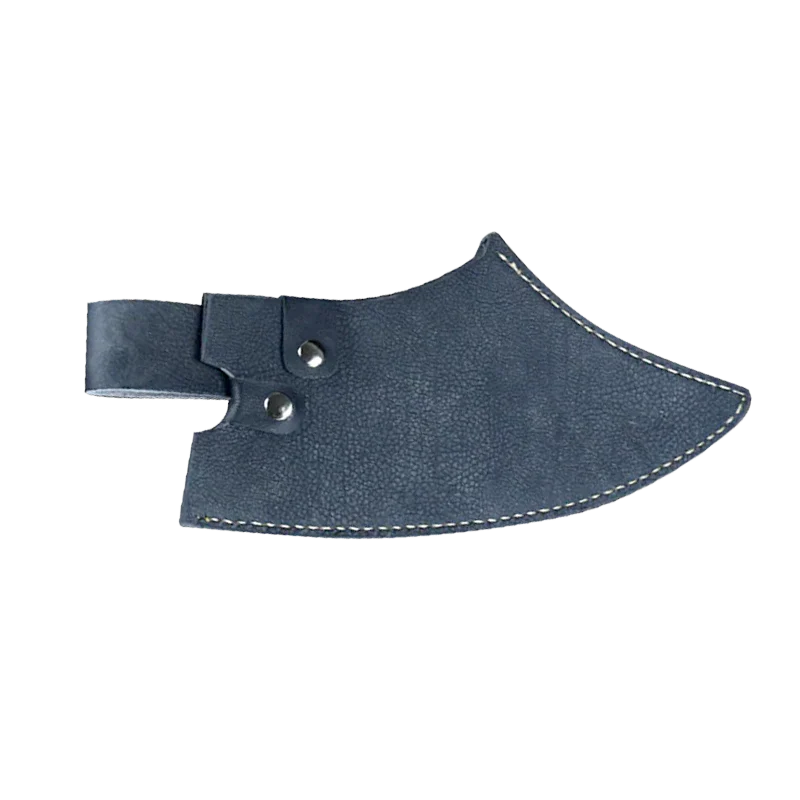
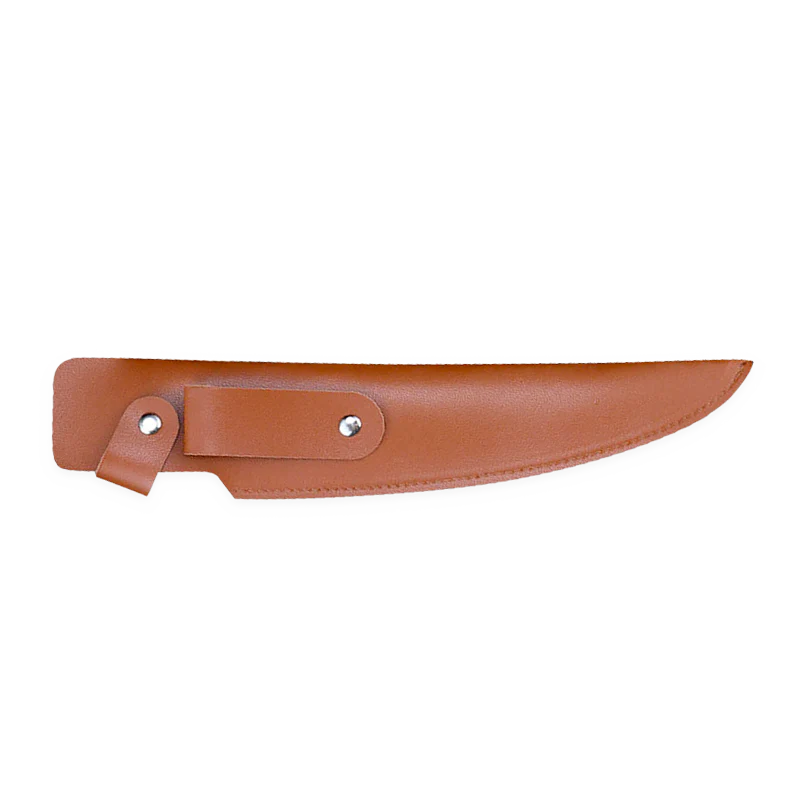
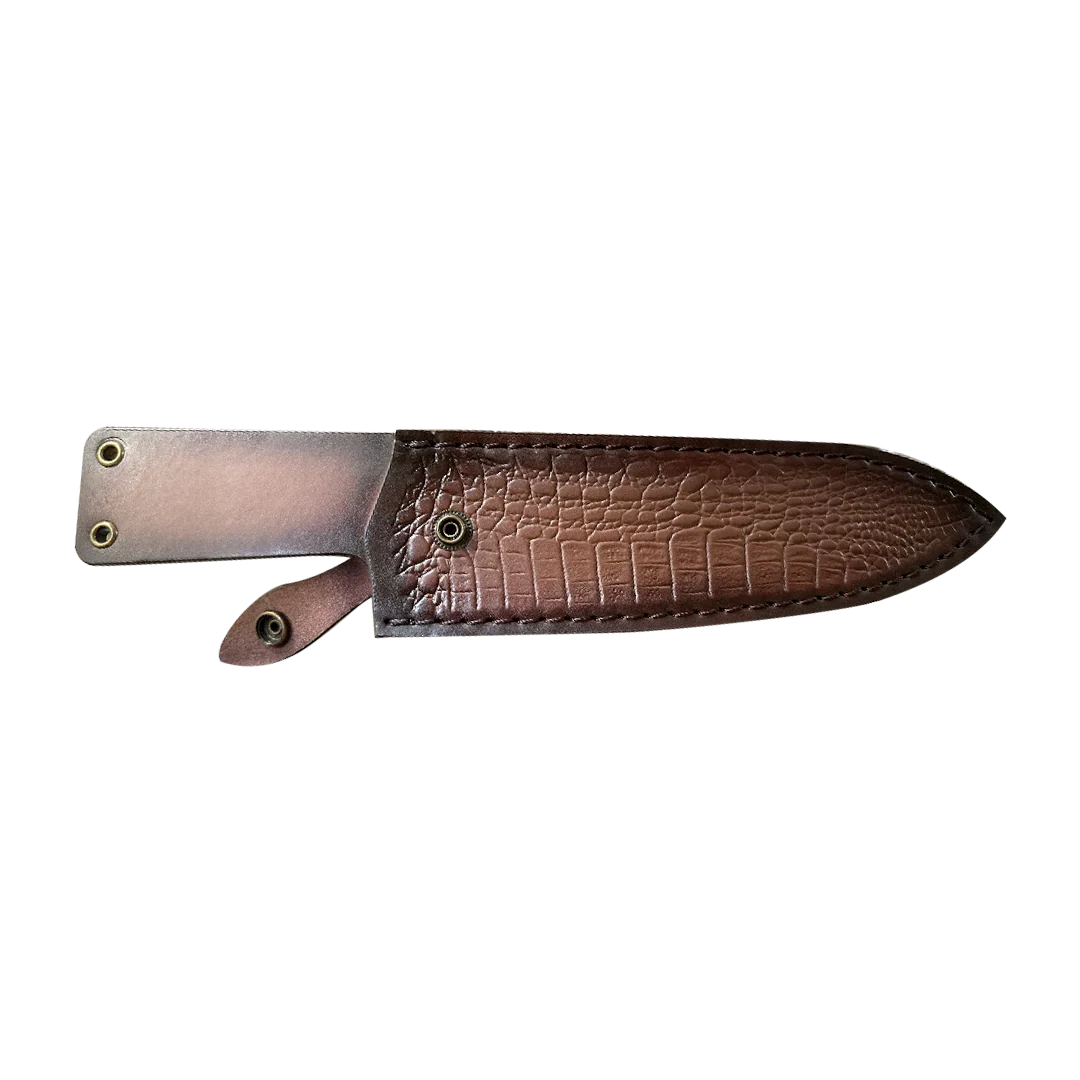
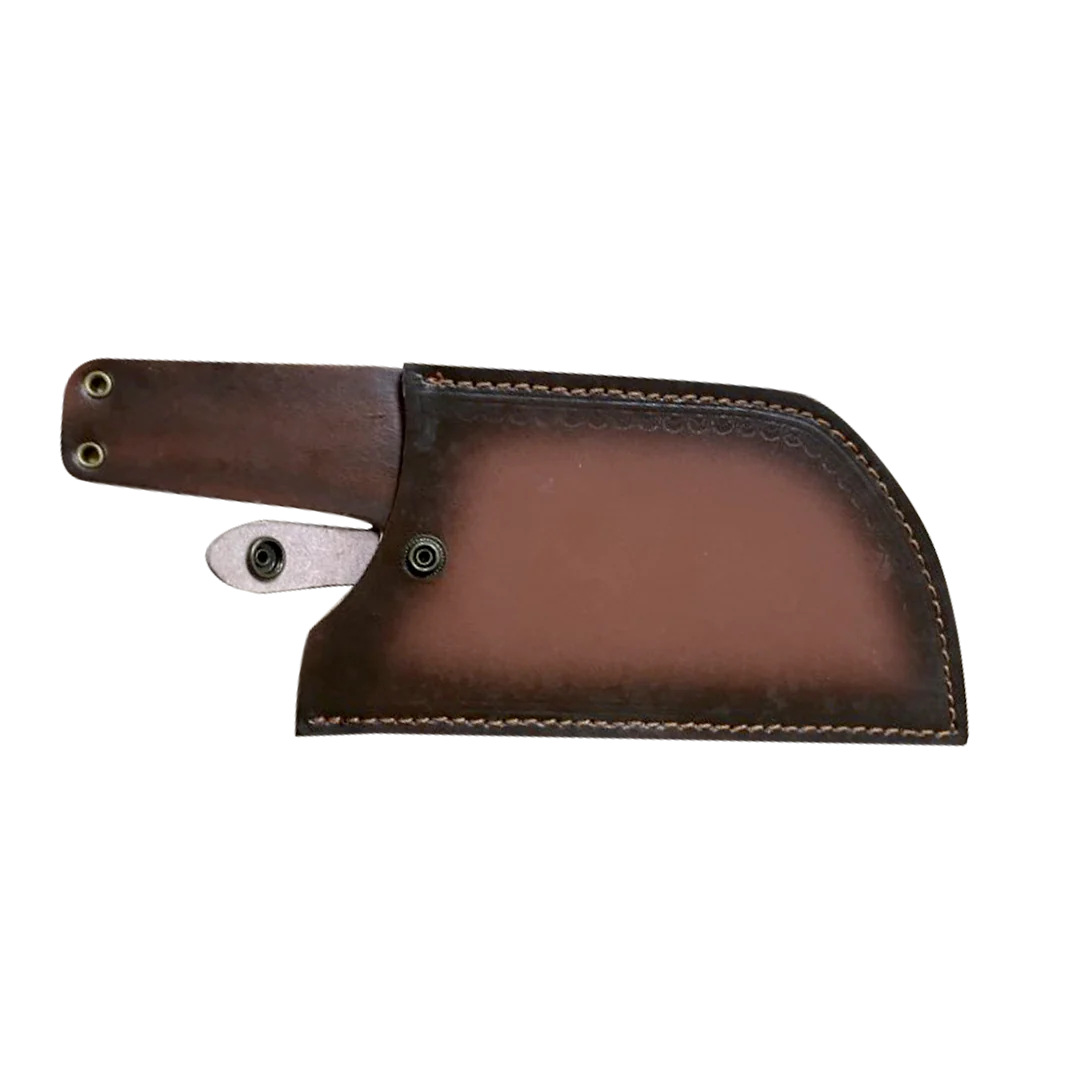
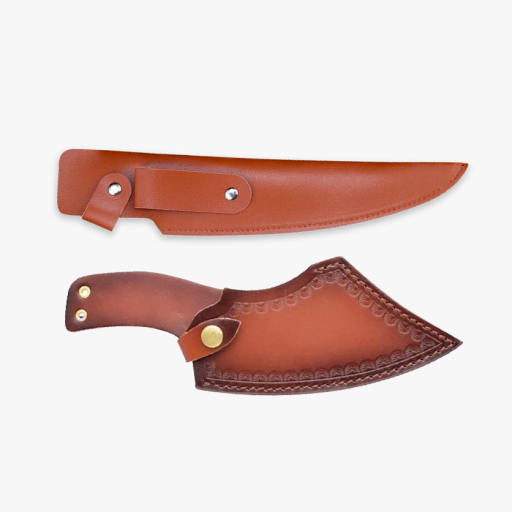
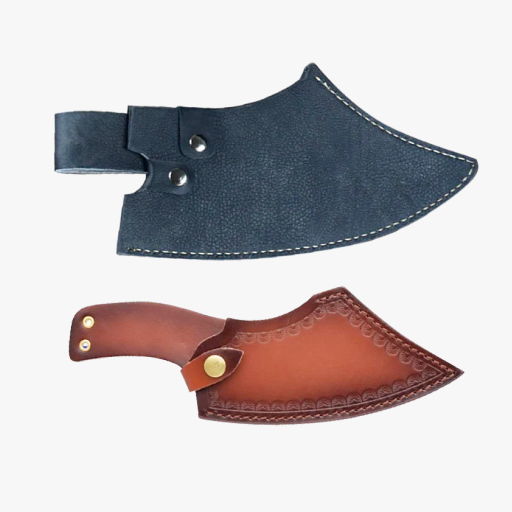
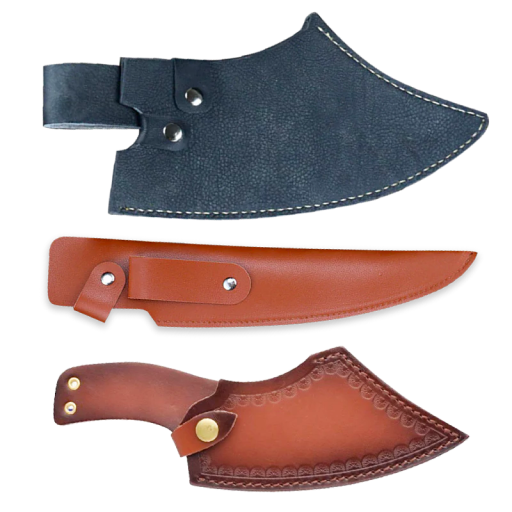
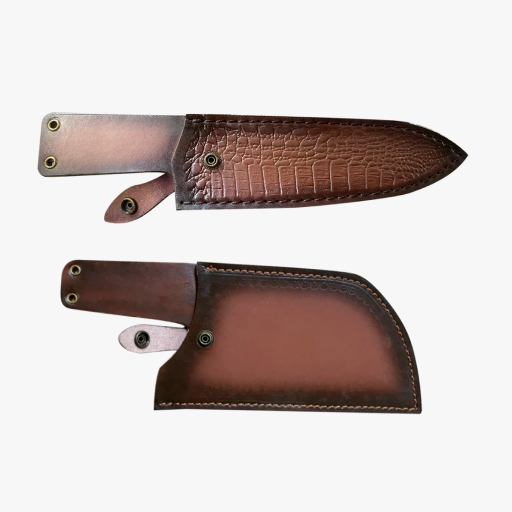

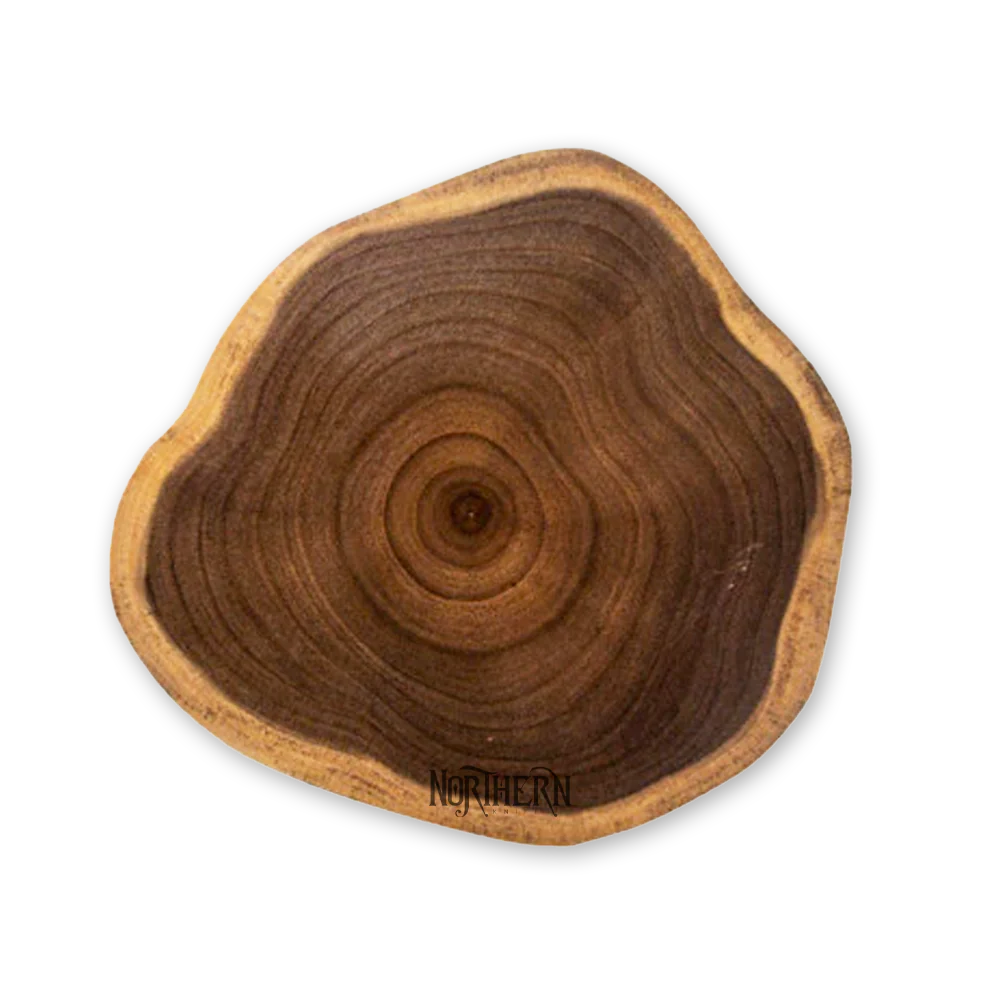
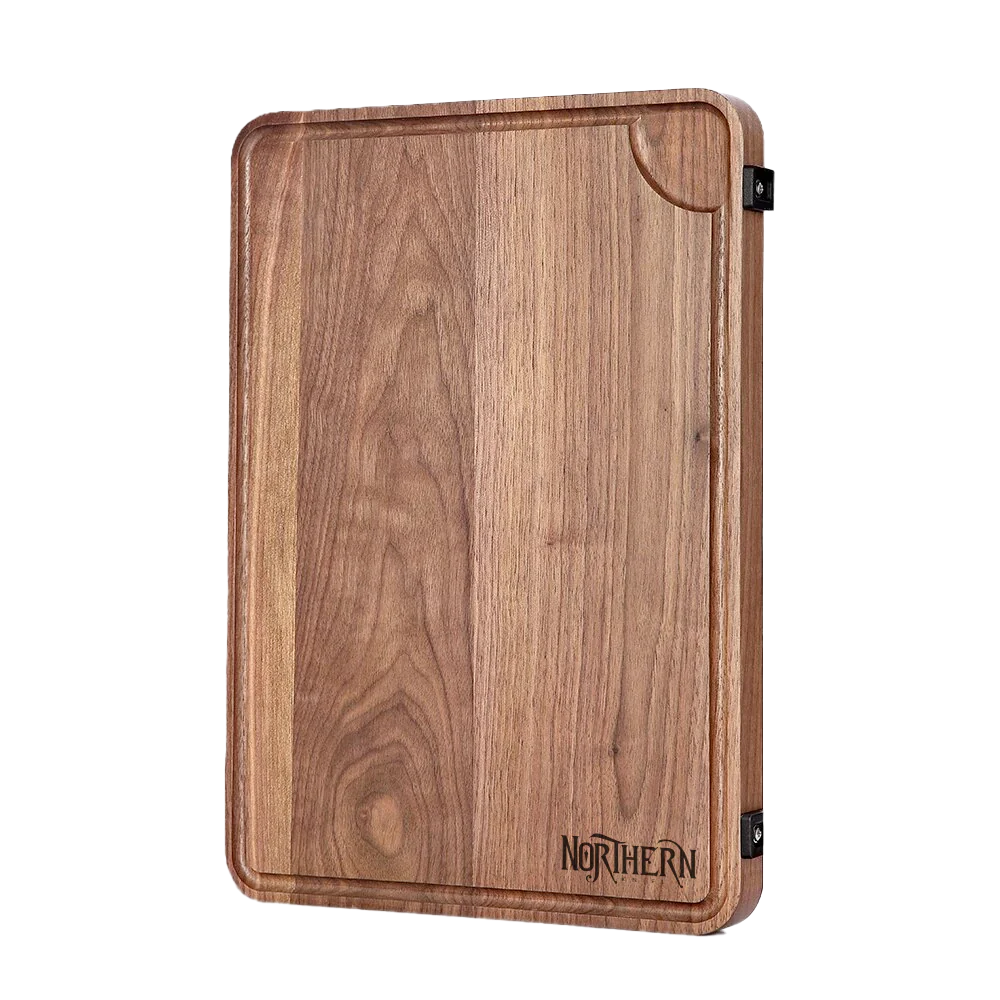
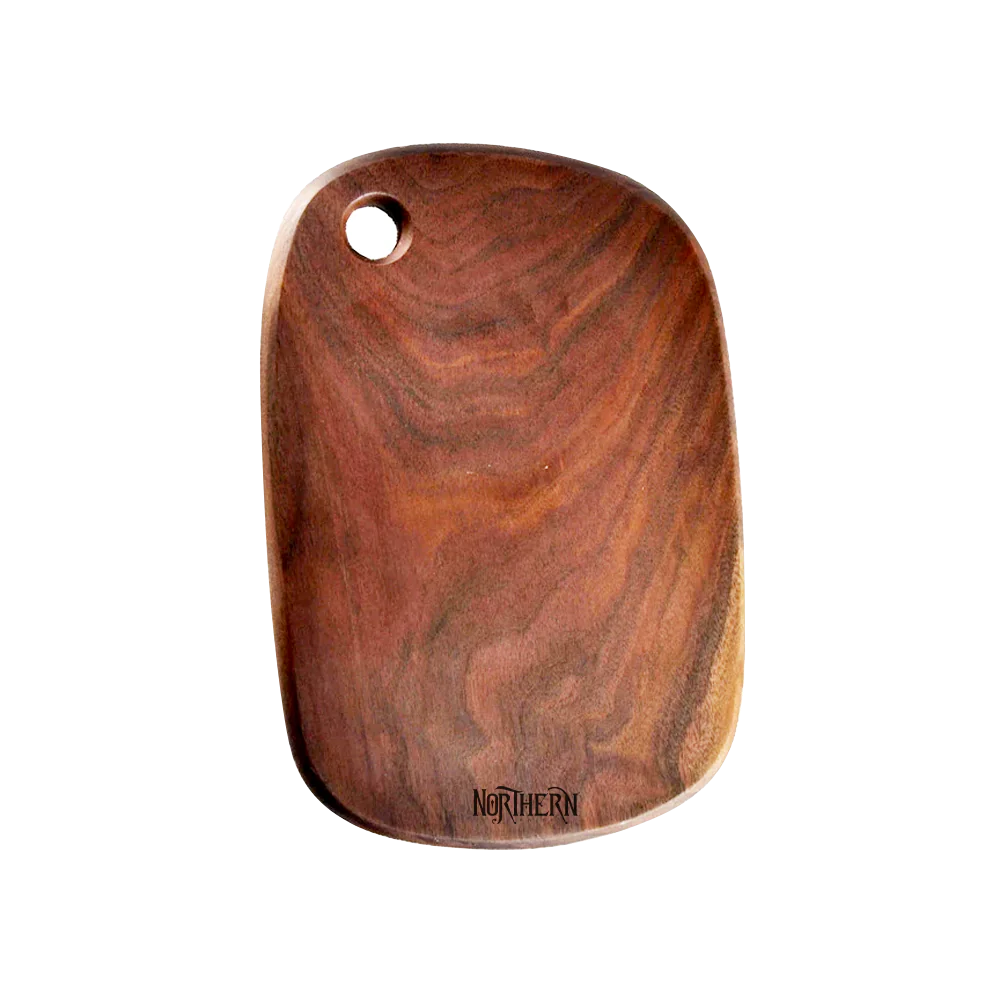

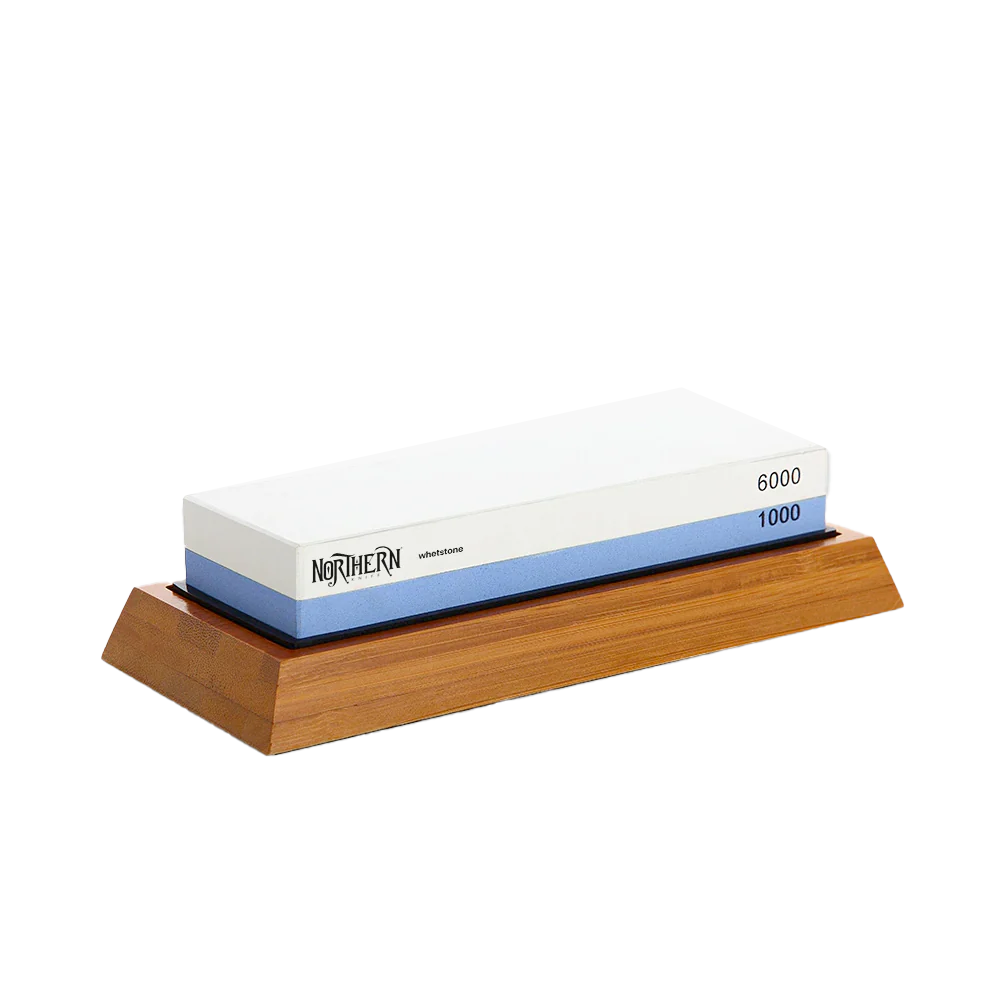
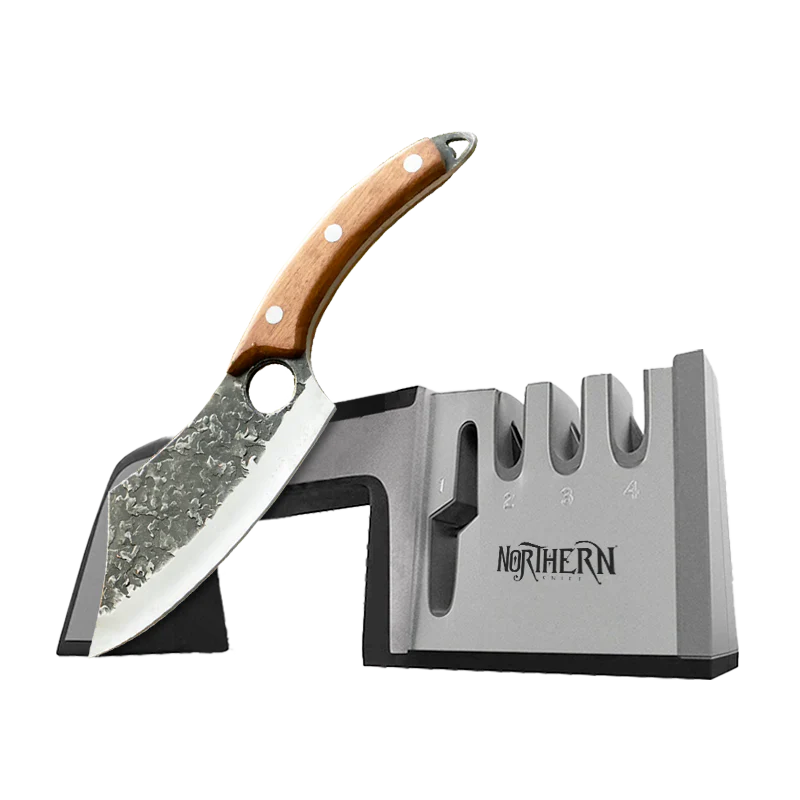
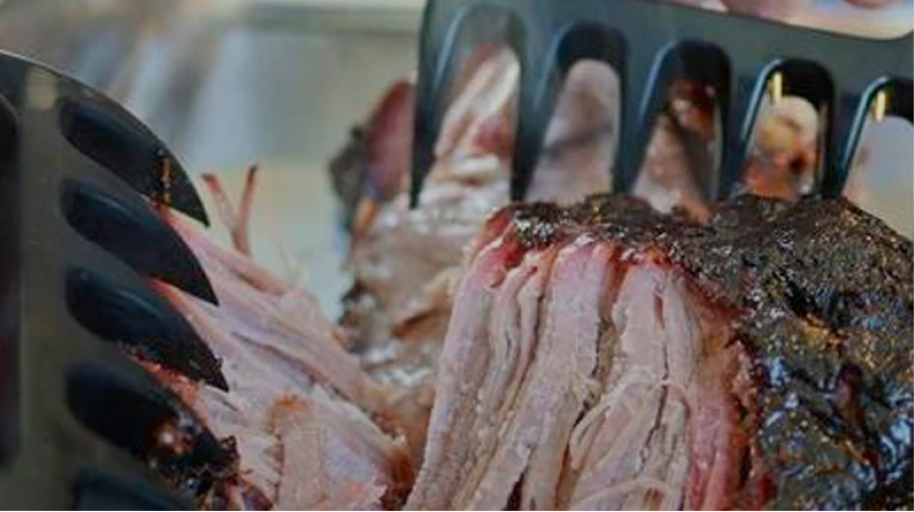
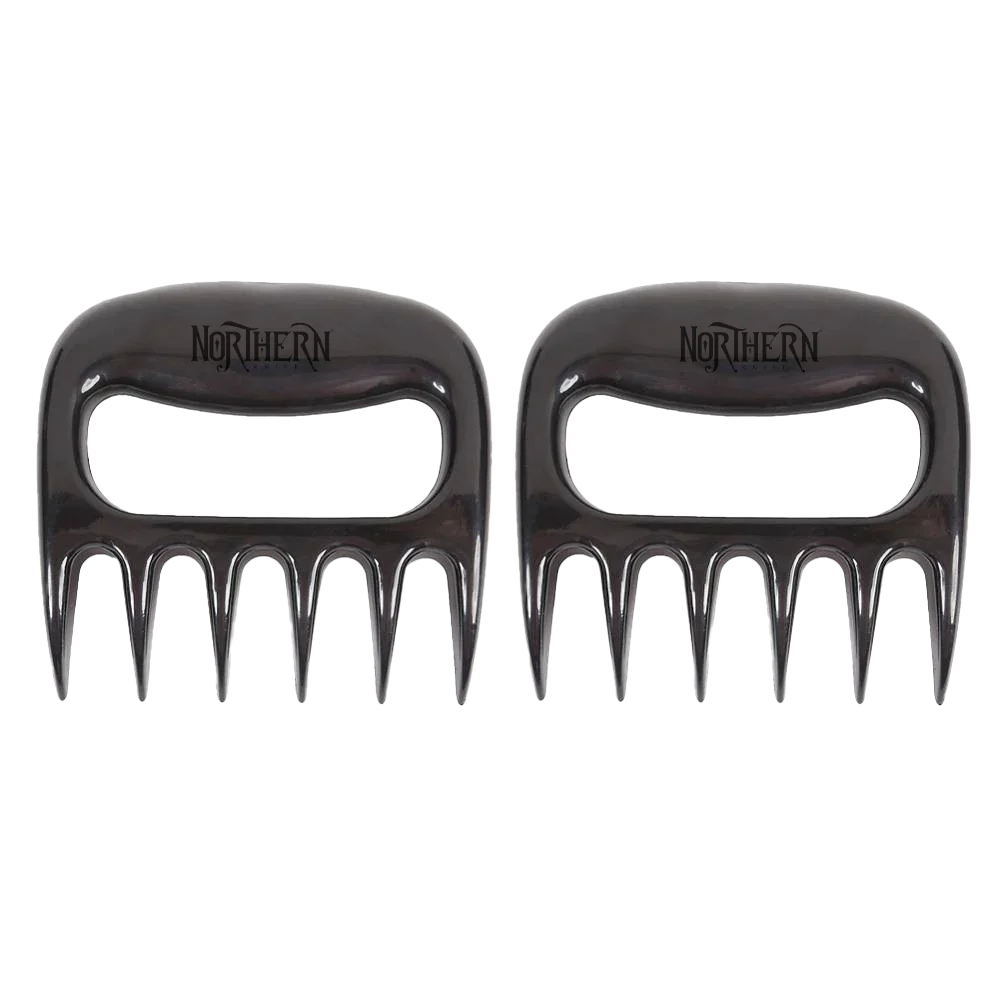
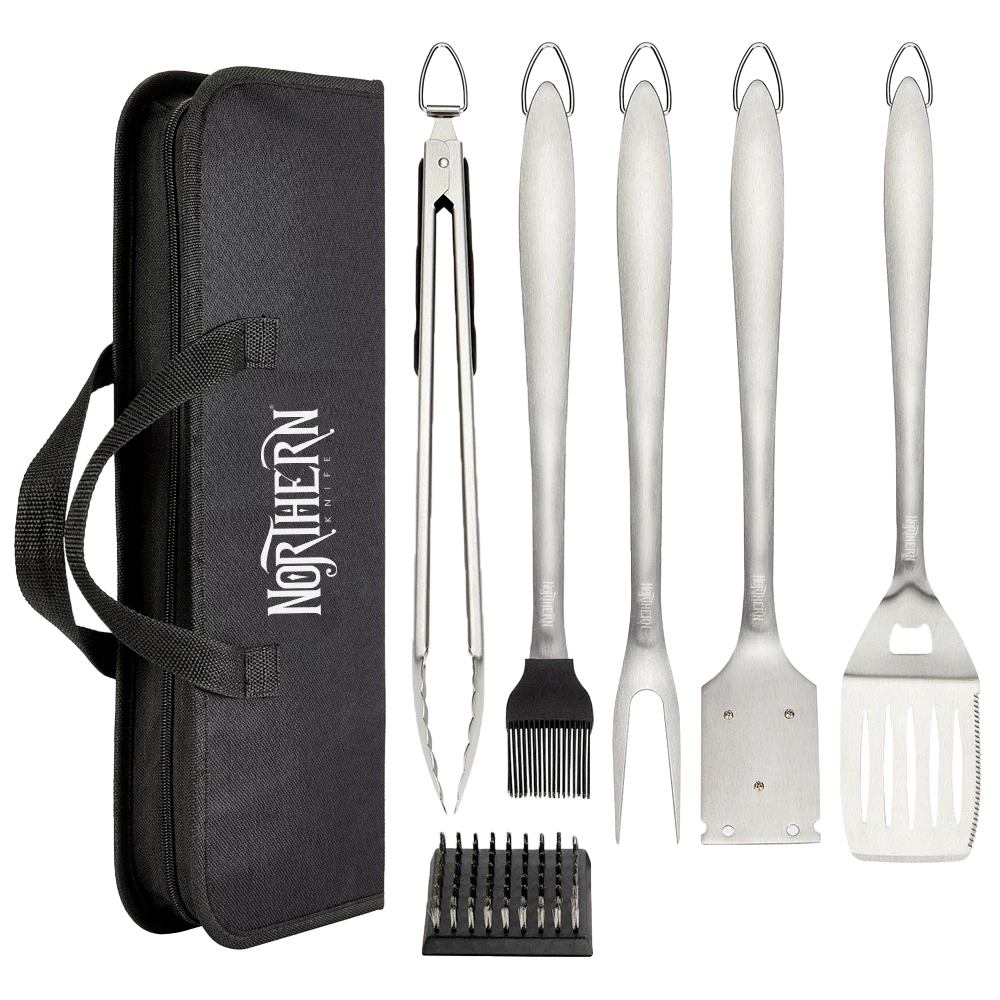
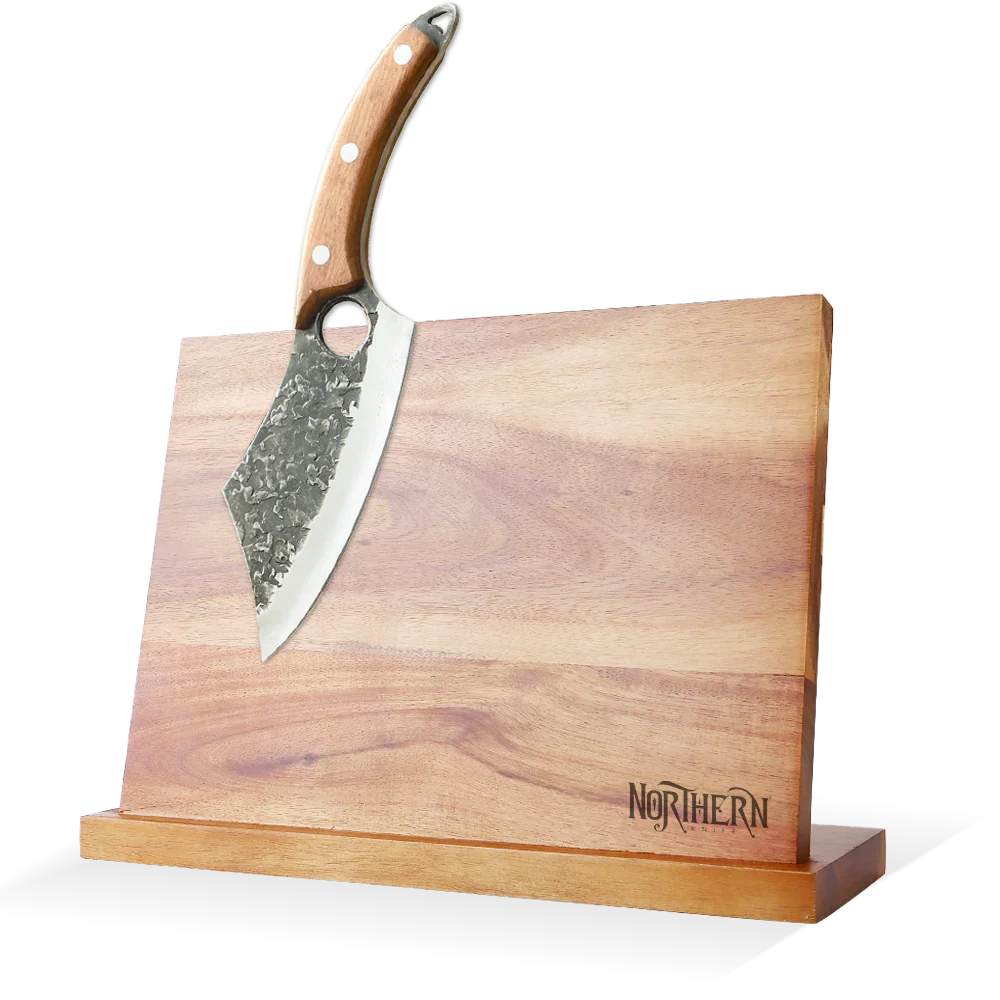
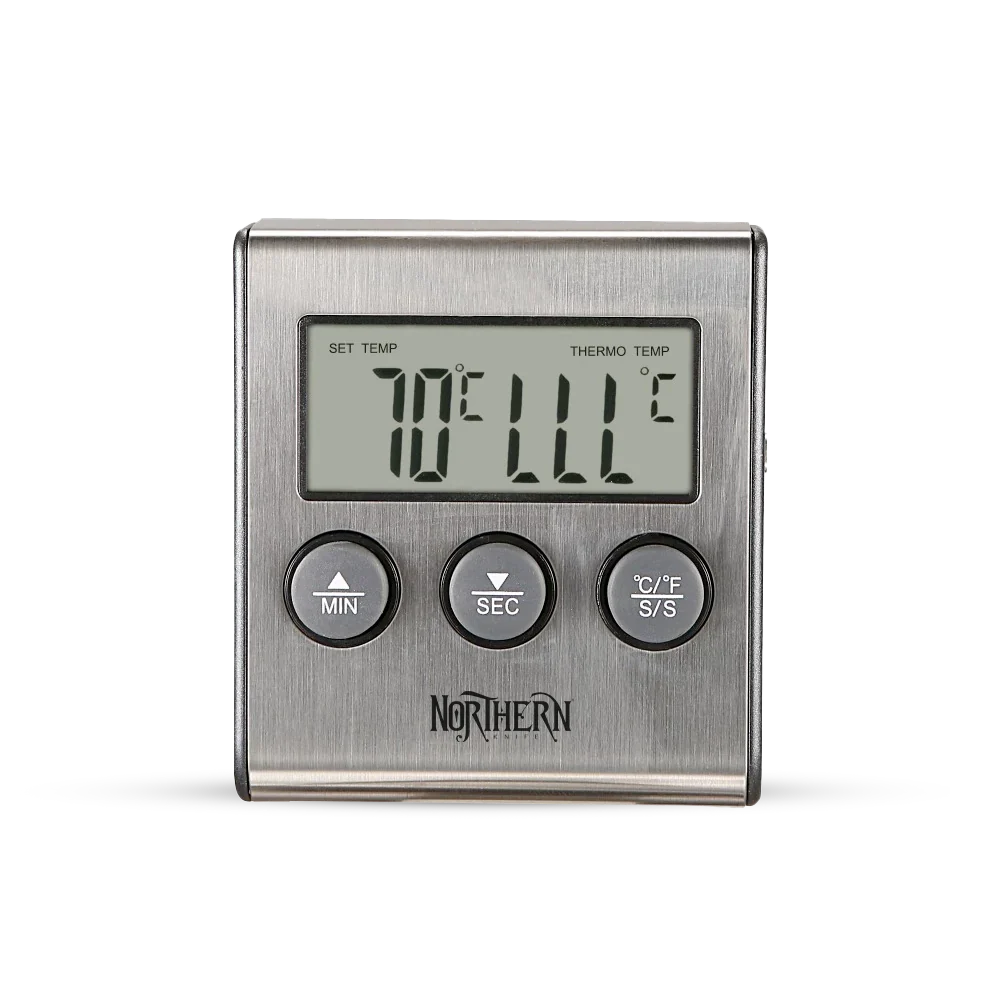
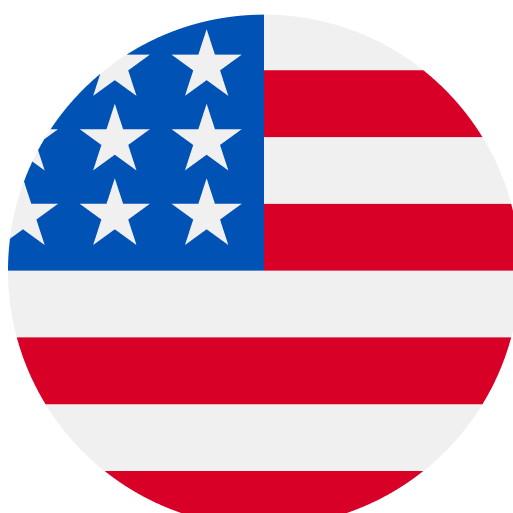 United States - USD
United States - USD
 Netherlands - EUR
Netherlands - EUR

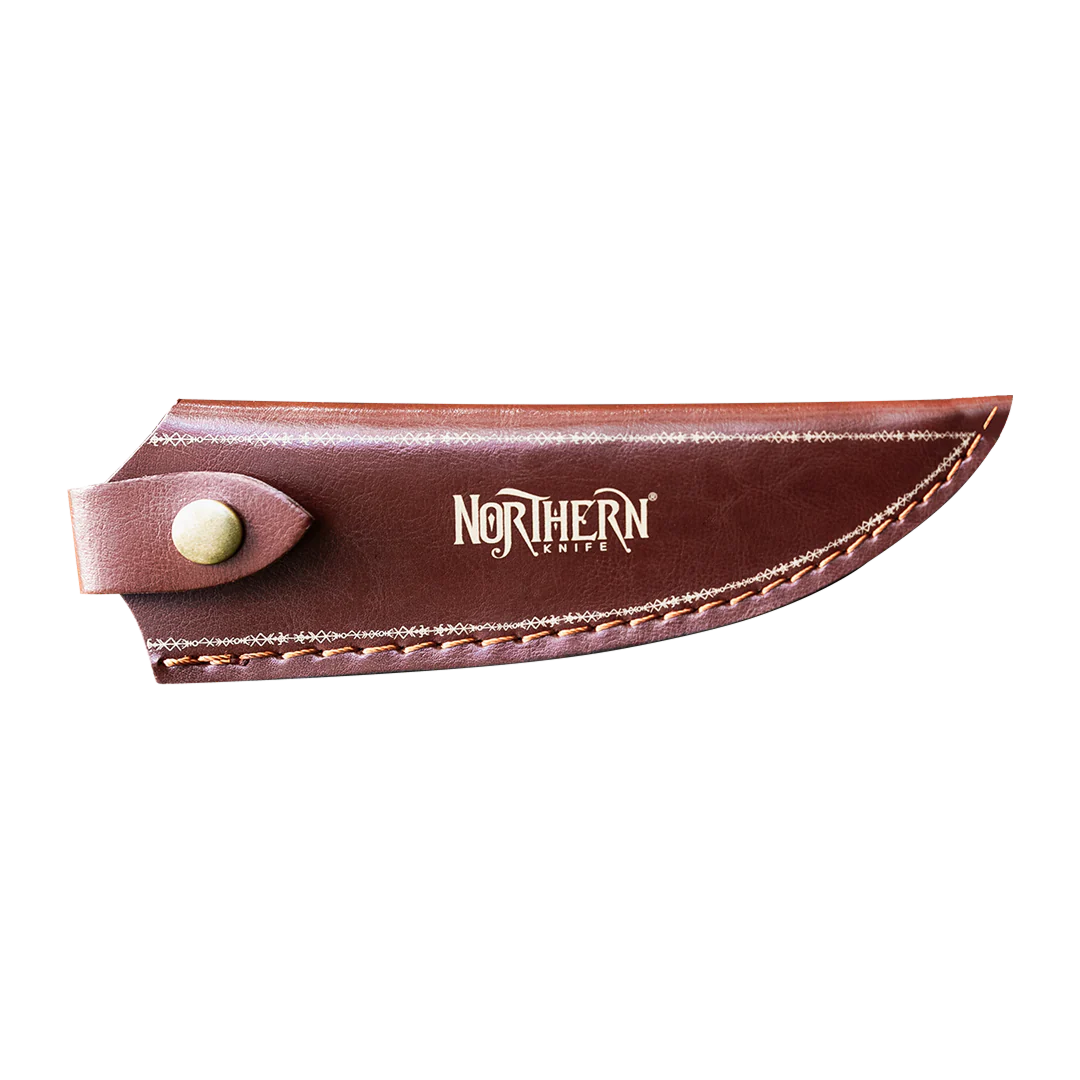
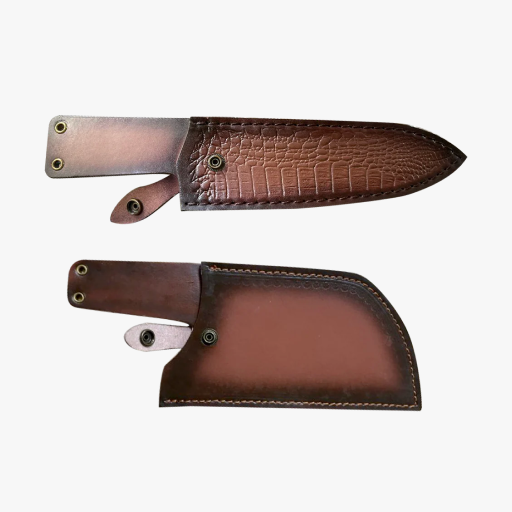
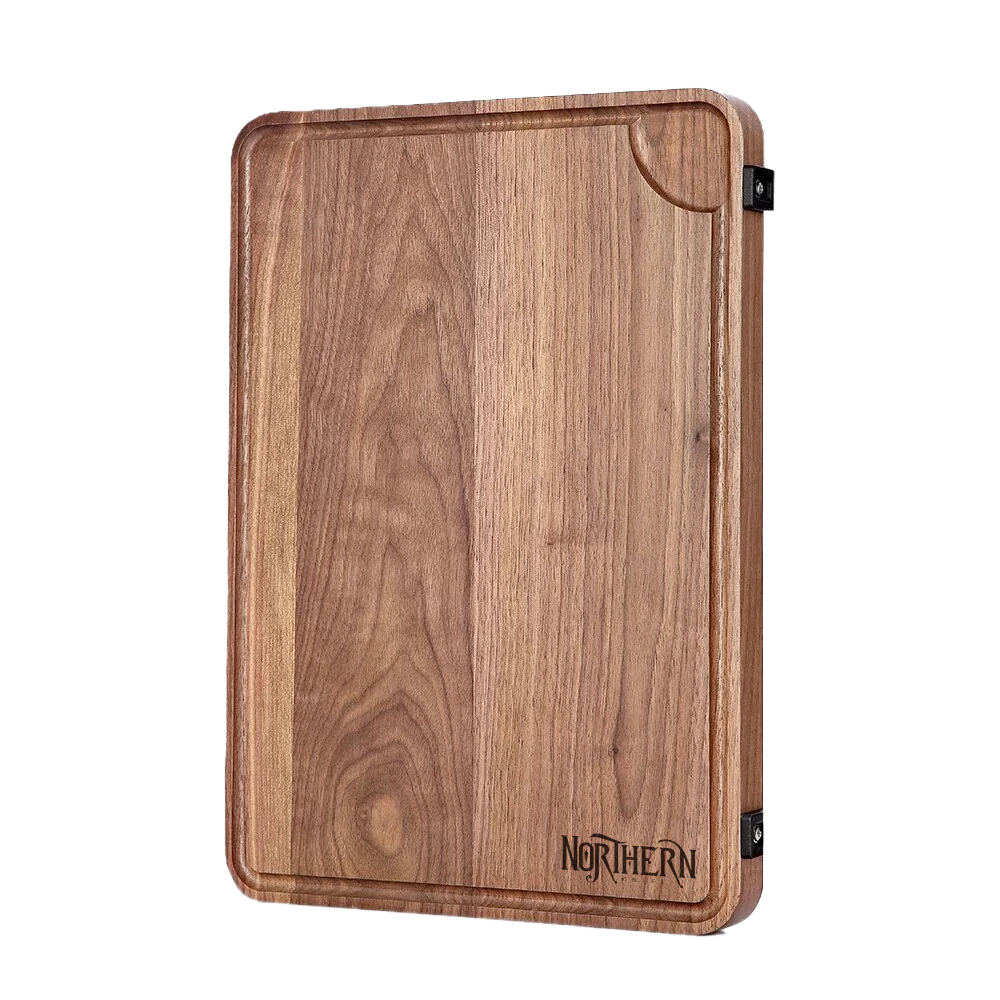
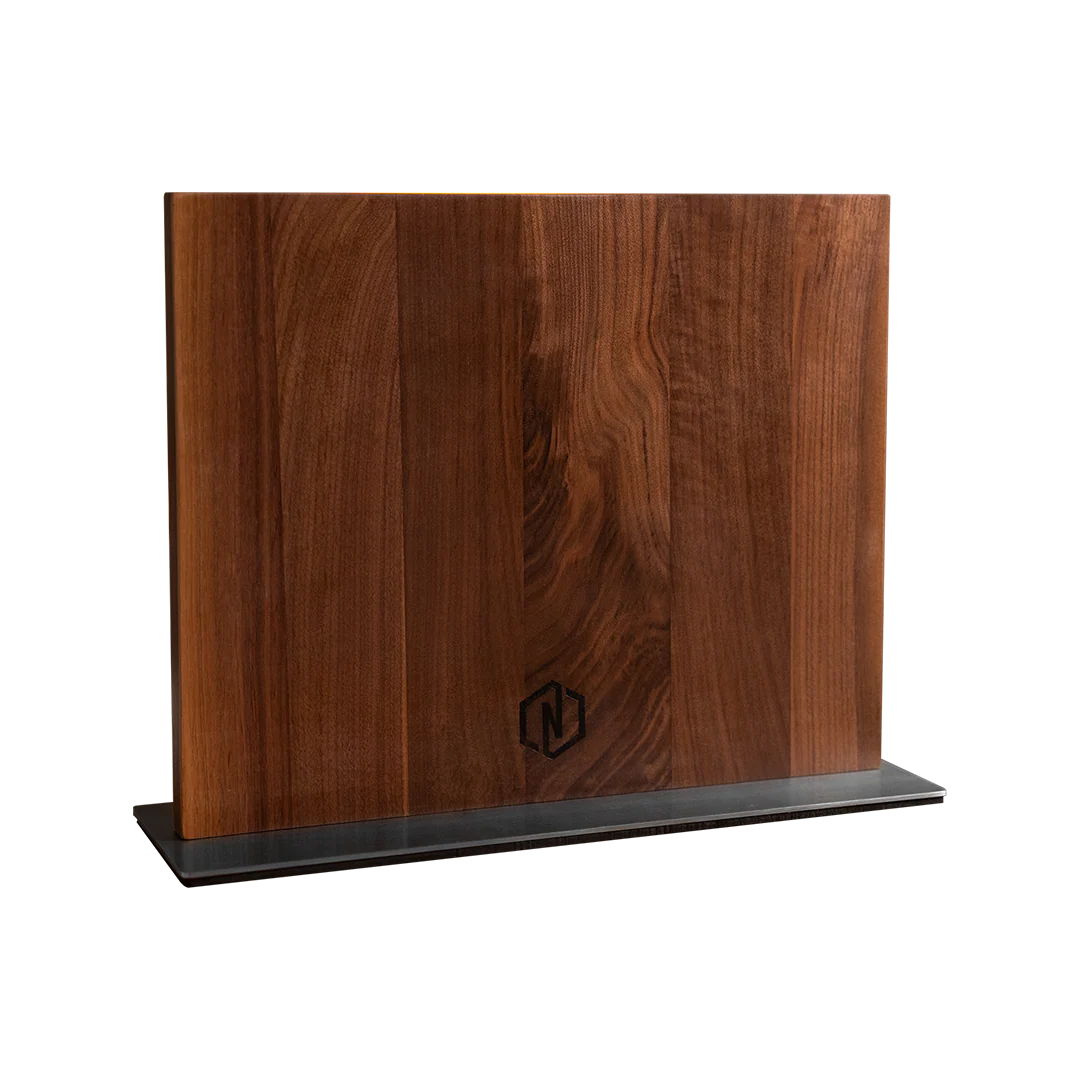
 Free Shipping
Free Shipping  Over 5000 reviews
Over 5000 reviews





